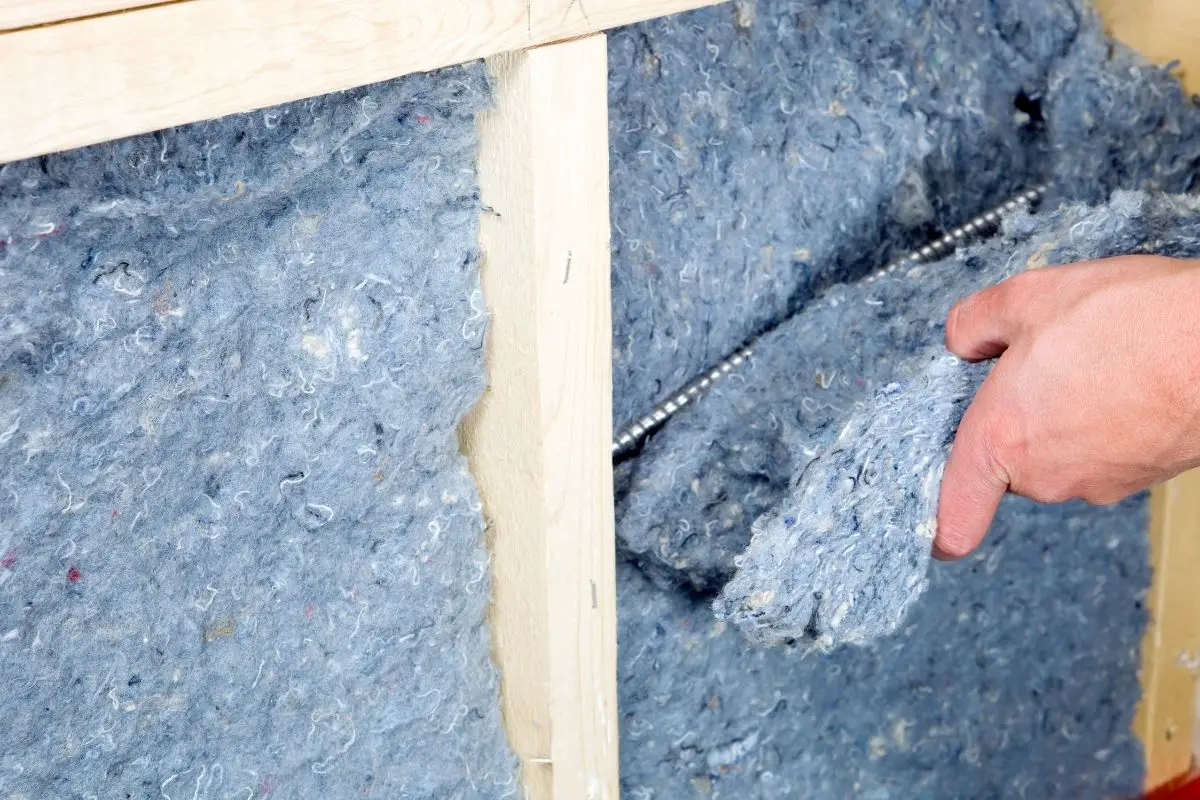Spray foam insulation is one of the most popular and effective options for insulating kitchen walls. It is made of polyurethane foam and is applied as a liquid that expands and hardens to create an airtight seal. This type of insulation is known for its ability to fill in even the smallest gaps and cracks, providing excellent thermal and sound insulation.1. Spray Foam Insulation
Fiberglass insulation is a classic choice for insulating kitchen walls. It is made of tiny glass fibers and is available in both batt and loose-fill forms. Fiberglass insulation is known for its affordability and ease of installation. It is also fire-resistant and provides good thermal and sound insulation.2. Fiberglass Insulation
Cellulose insulation is made from recycled paper products, making it a more eco-friendly option for insulating kitchen walls. It is blown in as loose-fill and can easily fill in small gaps and cracks. Cellulose insulation also has excellent fire-retardant properties and provides good thermal and sound insulation.3. Cellulose Insulation
Mineral wool insulation is made from melted rock or slag and spun into fibers. It is available in both batt and loose-fill forms and is known for its fire-resistant properties. Mineral wool insulation also has good thermal and sound insulation capabilities, making it a great option for insulating kitchen walls.4. Mineral Wool Insulation
Rigid foam insulation is a type of insulation that comes in large, rigid panels. It is made of polystyrene or polyurethane and is known for its high R-value, making it a top choice for insulating kitchen walls. Rigid foam insulation is also moisture-resistant and provides good thermal and sound insulation.5. Rigid Foam Insulation
Reflective insulation is a type of insulation that uses reflective materials to reflect heat away from a space. It is often used in combination with other types of insulation and can be installed in the walls or attic of a kitchen. Reflective insulation is known for its ability to reduce heat transfer and improve energy efficiency.6. Reflective Insulation
Polyurethane foam insulation is similar to spray foam insulation in that it expands and hardens to create an airtight seal. It is known for its high R-value and ability to fill in small gaps and cracks. Polyurethane foam insulation is also moisture-resistant and provides excellent thermal and sound insulation.7. Polyurethane Foam Insulation
Cotton insulation is made from recycled denim scraps and is a more eco-friendly option for insulating kitchen walls. It is available in both batt and loose-fill forms and is known for its ability to absorb sound, making it a great option for insulating walls between rooms. Cotton insulation also has good thermal insulation properties.8. Cotton Insulation
Sheep's wool insulation is a natural option for insulating kitchen walls. It is made from sheep's wool and is available in batt form. Sheep's wool insulation is known for its excellent thermal and sound insulation properties, as well as its ability to absorb moisture without affecting its insulating capabilities.9. Sheep's Wool Insulation
Recycled denim insulation is another eco-friendly option for insulating kitchen walls. It is made from old denim jeans and is available in batt form. Recycled denim insulation is known for its high R-value, good thermal and sound insulation properties, and its ability to absorb sound. When choosing the best insulation for kitchen walls, it is important to consider factors such as cost, effectiveness, and eco-friendliness. Each of these top 10 options has its own unique benefits, so be sure to do your research and choose the one that best fits your needs and budget. With the right insulation, you can create a more comfortable and energy-efficient kitchen for your home.10. Recycled Denim Insulation
The Importance of Insulating Your Kitchen Walls

Maximizing Energy Efficiency
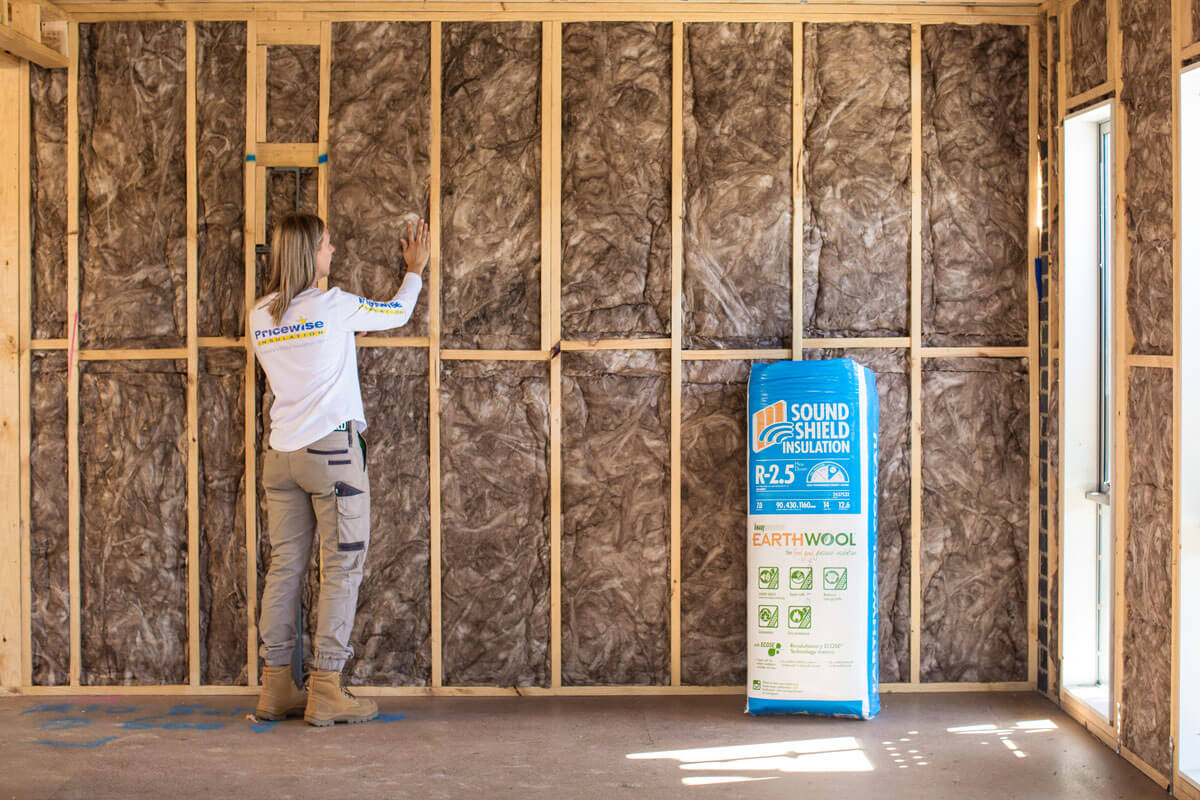 When it comes to designing a house, one of the key factors to consider is energy efficiency. Not only does it help reduce your carbon footprint, but it also saves you money on utility bills in the long run. And one of the most crucial areas to insulate in your home is the kitchen, as it is a high-traffic area where a significant amount of cooking and cleaning takes place.
Proper insulation in the kitchen walls can make a significant impact on your energy consumption.
It helps to maintain a comfortable temperature, especially during extreme weather conditions, and reduces the need for constantly adjusting your thermostat. This leads to a more energy-efficient home and lower utility bills.
When it comes to designing a house, one of the key factors to consider is energy efficiency. Not only does it help reduce your carbon footprint, but it also saves you money on utility bills in the long run. And one of the most crucial areas to insulate in your home is the kitchen, as it is a high-traffic area where a significant amount of cooking and cleaning takes place.
Proper insulation in the kitchen walls can make a significant impact on your energy consumption.
It helps to maintain a comfortable temperature, especially during extreme weather conditions, and reduces the need for constantly adjusting your thermostat. This leads to a more energy-efficient home and lower utility bills.
Preventing Moisture and Mold
 Another critical reason for insulating your kitchen walls is to prevent moisture and mold buildup. During cooking and cleaning, steam and moisture are created, which can seep into the walls and cause mold growth.
This not only poses a health hazard but also leads to costly repairs and renovations.
Insulation helps to create a vapor barrier, preventing moisture from penetrating the walls and causing damage. With the right insulation, you can maintain a dry and healthy kitchen environment.
Another critical reason for insulating your kitchen walls is to prevent moisture and mold buildup. During cooking and cleaning, steam and moisture are created, which can seep into the walls and cause mold growth.
This not only poses a health hazard but also leads to costly repairs and renovations.
Insulation helps to create a vapor barrier, preventing moisture from penetrating the walls and causing damage. With the right insulation, you can maintain a dry and healthy kitchen environment.
Noise Reduction
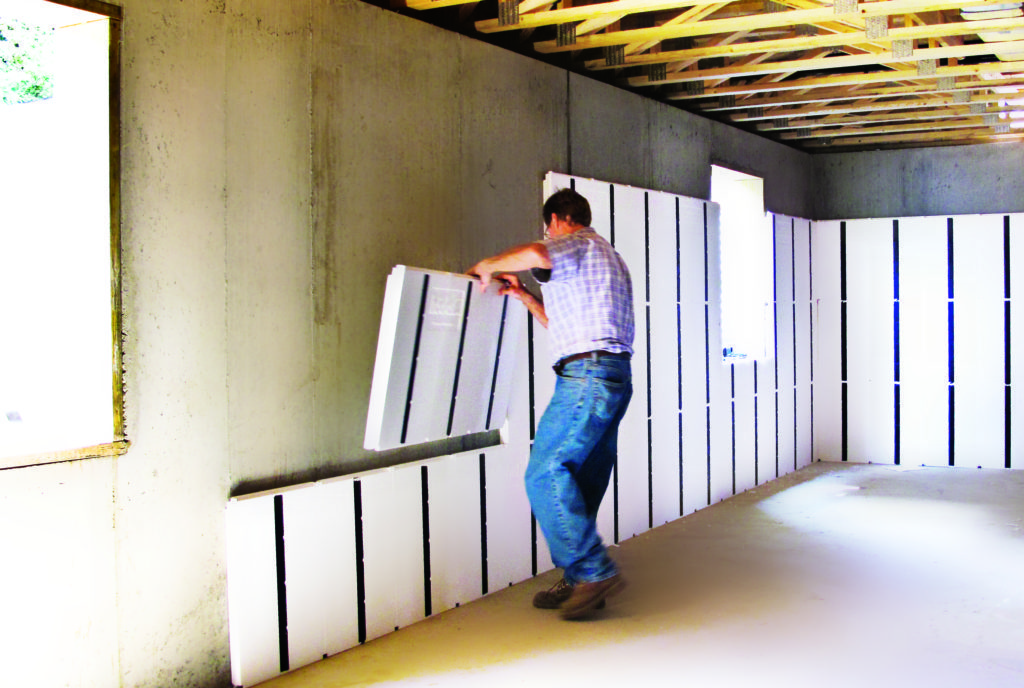 The kitchen is often the heart of the home, where families gather to cook, eat, and spend time together. However, with all the cooking appliances, utensils, and conversations happening, it can get quite noisy.
Insulating your kitchen walls can help reduce noise levels and create a more peaceful and comfortable living space.
This is especially beneficial for open-concept homes, where the kitchen is directly connected to other living areas.
Thick, high-density insulation can absorb sound waves and reduce noise by up to 80%.
The kitchen is often the heart of the home, where families gather to cook, eat, and spend time together. However, with all the cooking appliances, utensils, and conversations happening, it can get quite noisy.
Insulating your kitchen walls can help reduce noise levels and create a more peaceful and comfortable living space.
This is especially beneficial for open-concept homes, where the kitchen is directly connected to other living areas.
Thick, high-density insulation can absorb sound waves and reduce noise by up to 80%.
Choosing the Best Insulation for Kitchen Walls
 When it comes to selecting the best insulation for your kitchen walls, there are a few factors to consider. First and foremost,
choose insulation with a high R-value, which measures the material's thermal resistance.
The higher the R-value, the better the insulation will be at keeping heat in or out. Additionally, look for insulation that is moisture-resistant, fire-resistant, and eco-friendly.
Spray foam insulation is a popular choice for kitchen walls as it provides a tight seal and has a high R-value.
Fiberglass and cellulose insulation are also effective options.
In conclusion, insulating your kitchen walls is crucial for energy efficiency, mold prevention, noise reduction, and overall comfort in your home.
Investing in the right insulation not only improves the functionality and longevity of your kitchen but also enhances the overall design of your house.
Consider consulting with a professional contractor to determine the best insulation option for your kitchen walls and ensure proper installation. By taking this step, you can enjoy a comfortable, energy-efficient, and healthy kitchen for years to come.
When it comes to selecting the best insulation for your kitchen walls, there are a few factors to consider. First and foremost,
choose insulation with a high R-value, which measures the material's thermal resistance.
The higher the R-value, the better the insulation will be at keeping heat in or out. Additionally, look for insulation that is moisture-resistant, fire-resistant, and eco-friendly.
Spray foam insulation is a popular choice for kitchen walls as it provides a tight seal and has a high R-value.
Fiberglass and cellulose insulation are also effective options.
In conclusion, insulating your kitchen walls is crucial for energy efficiency, mold prevention, noise reduction, and overall comfort in your home.
Investing in the right insulation not only improves the functionality and longevity of your kitchen but also enhances the overall design of your house.
Consider consulting with a professional contractor to determine the best insulation option for your kitchen walls and ensure proper installation. By taking this step, you can enjoy a comfortable, energy-efficient, and healthy kitchen for years to come.
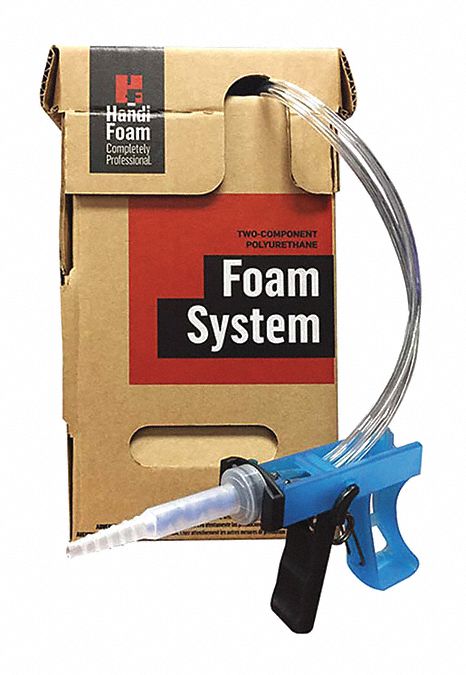

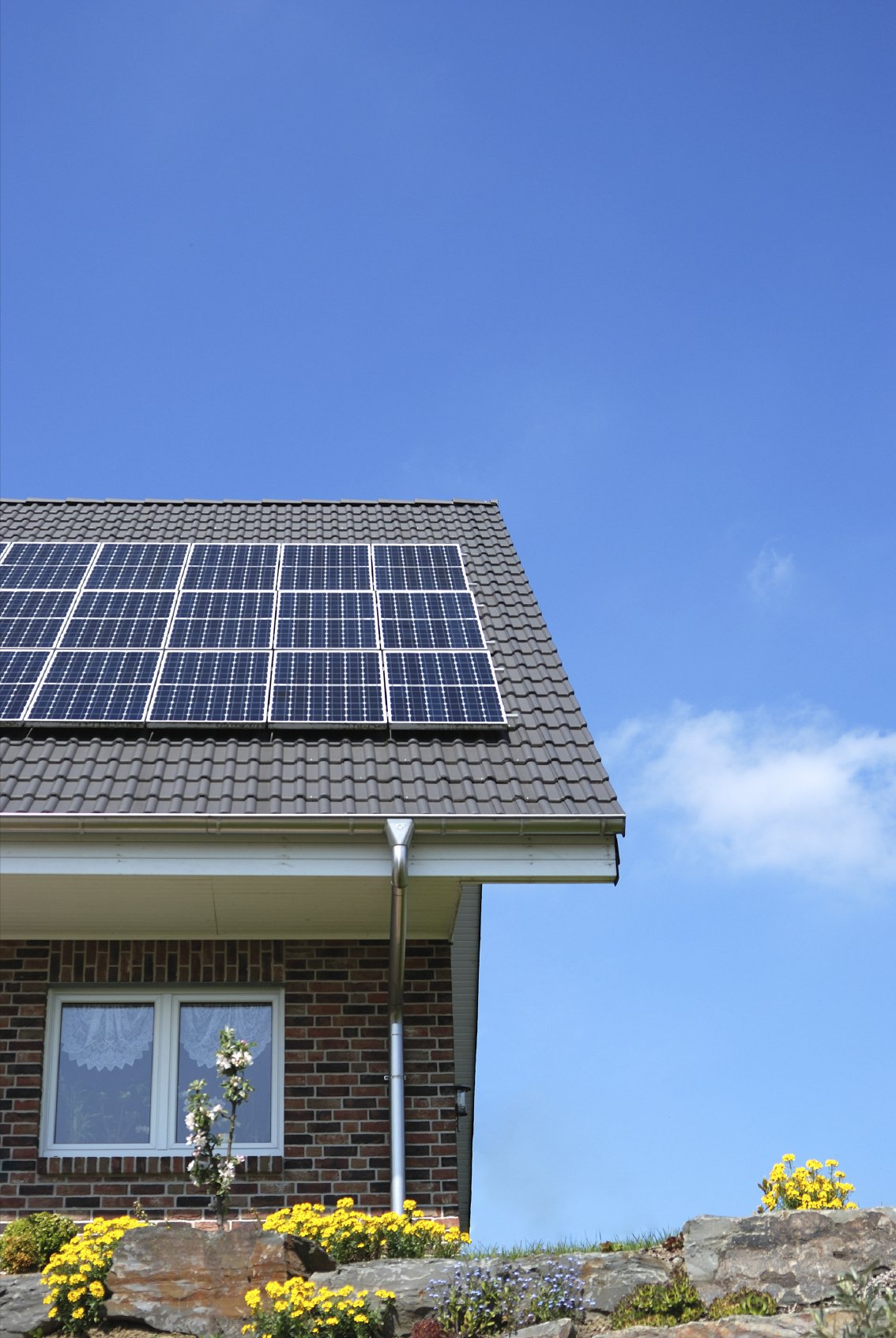
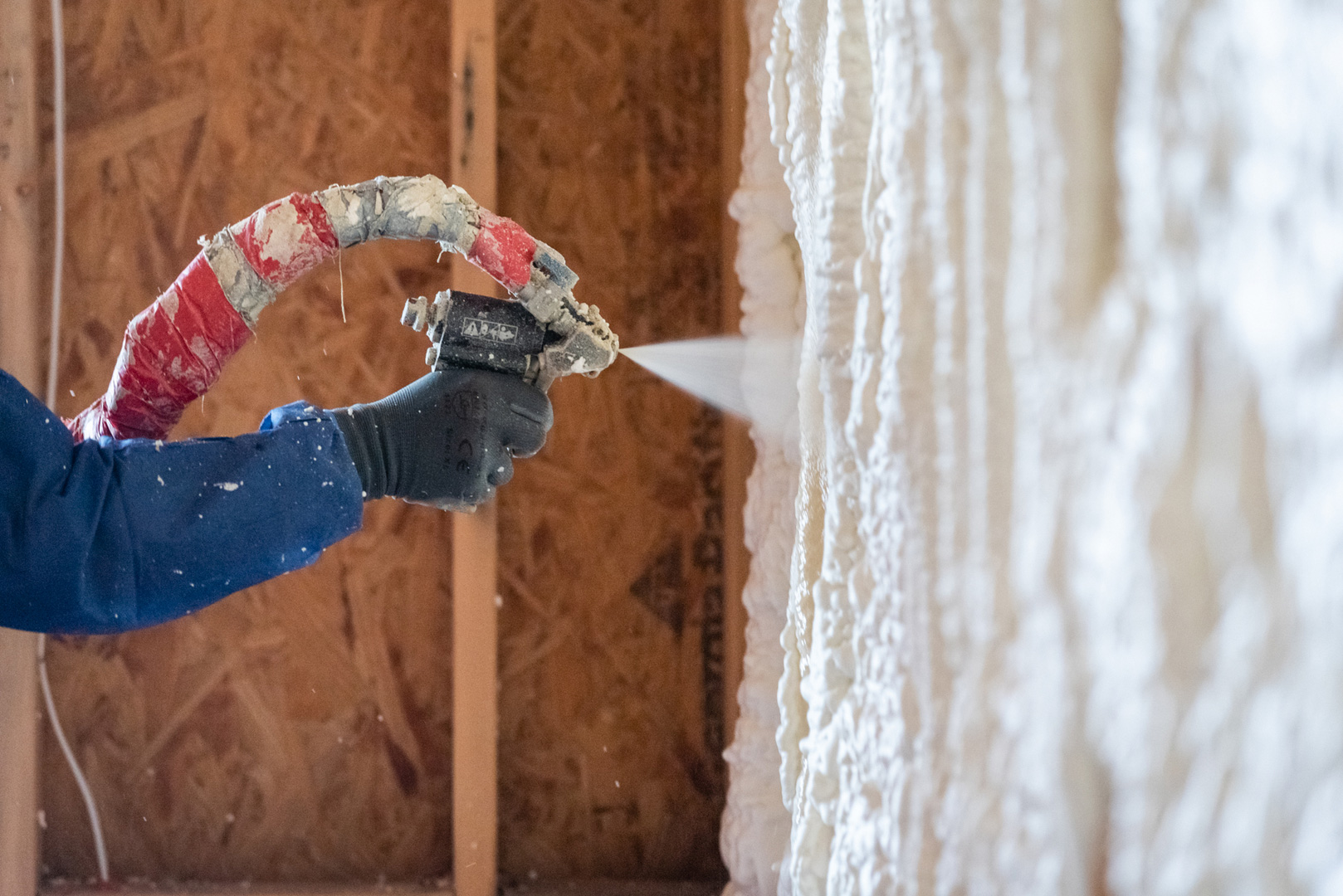

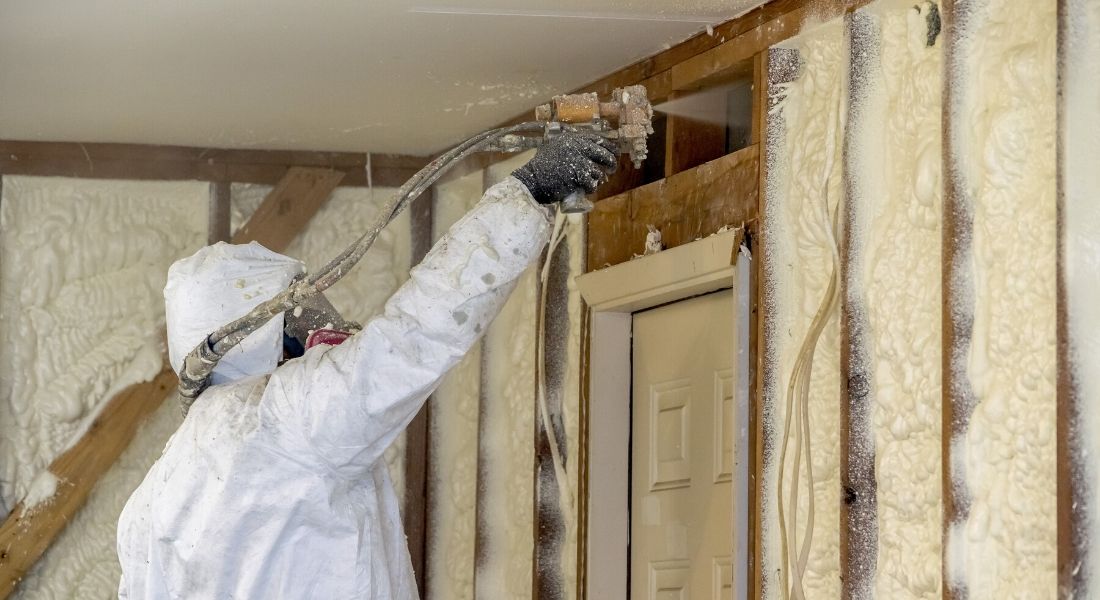

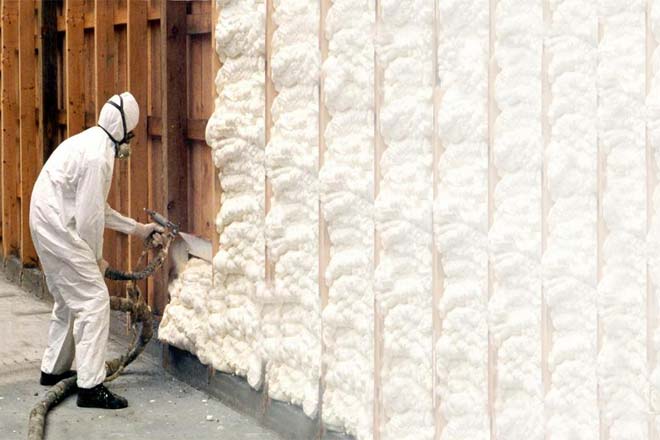
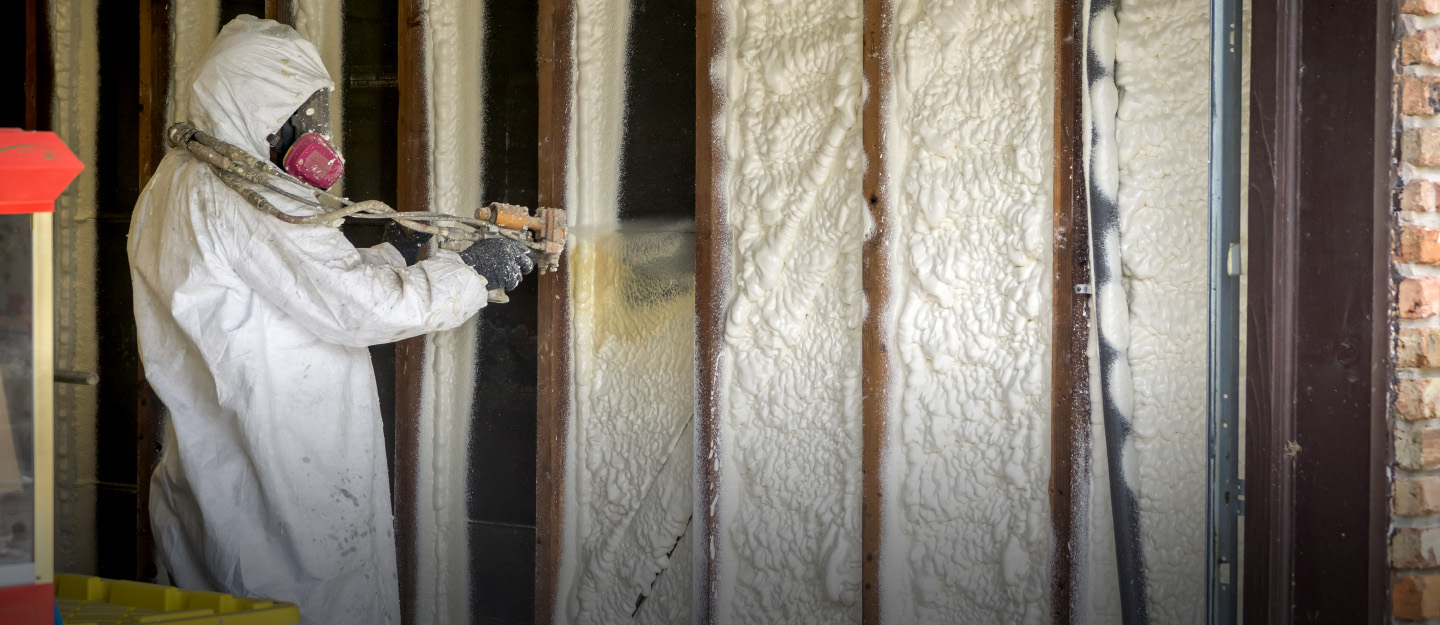





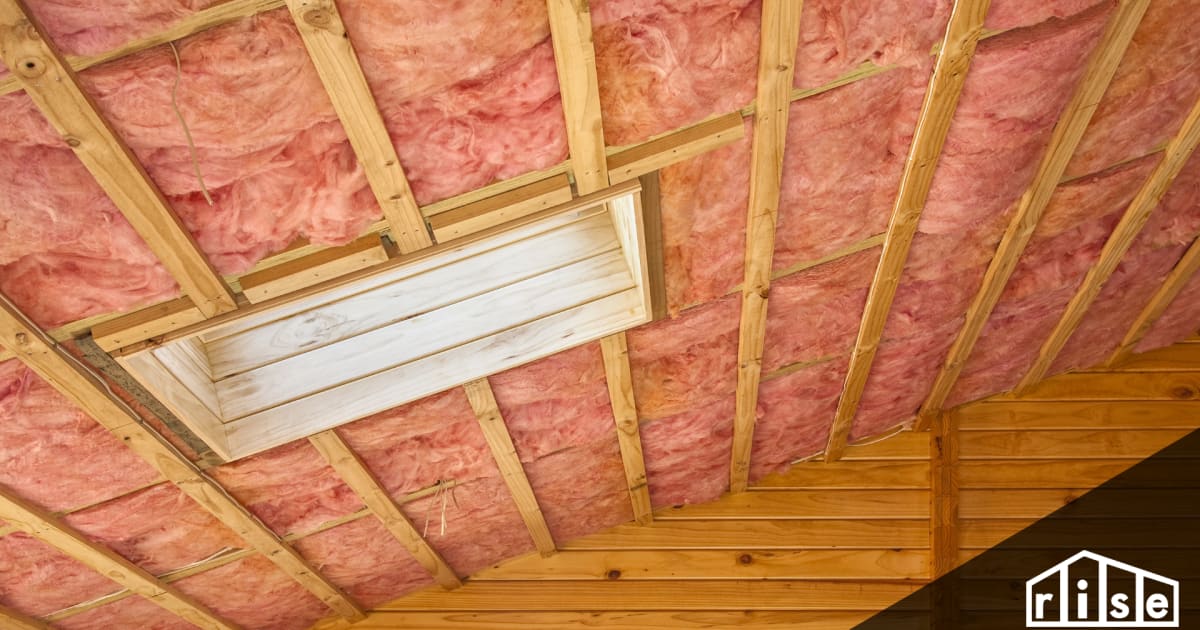
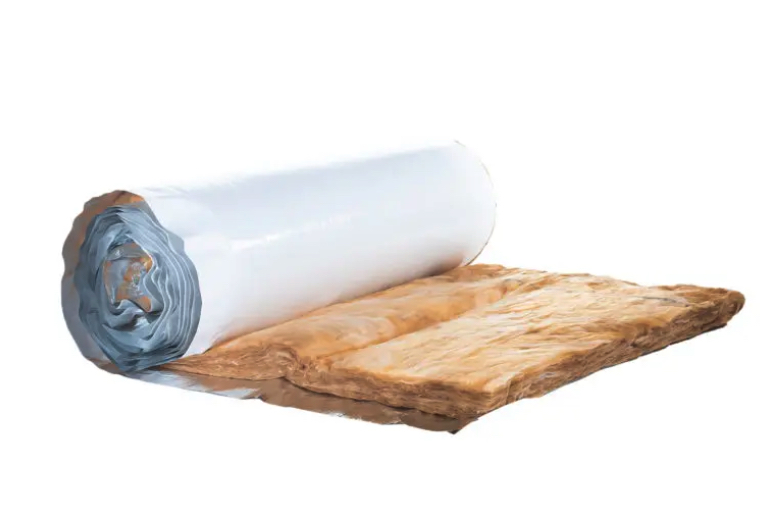
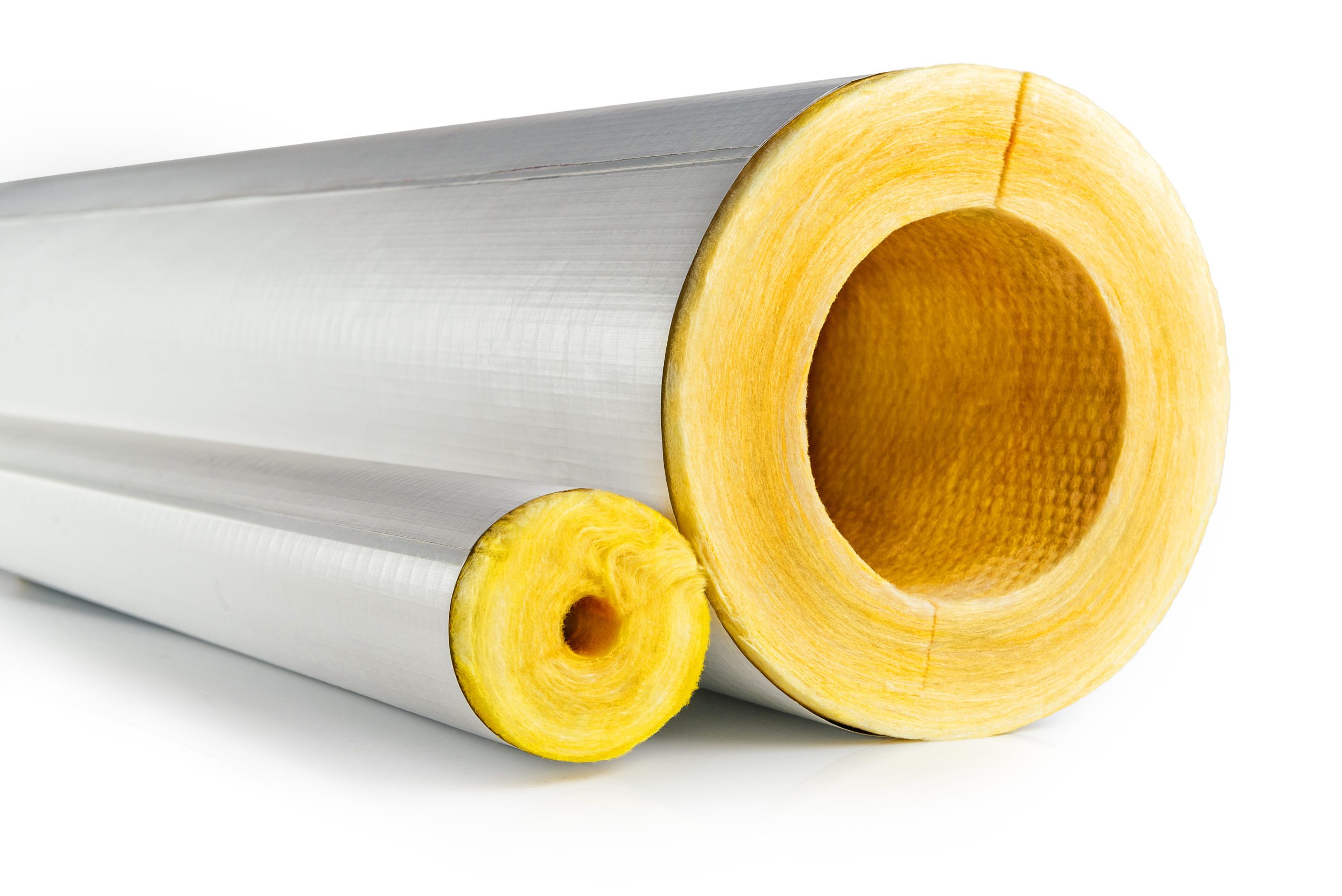
/FiberglassInsulationwall-GettyImages-104295008-fcf109c9562c4e07af9ca068d557df8f.jpg)
:max_bytes(150000):strip_icc()/fiberglass-vs-rigid-foam-insulation-3860844-hero1-34c5240f225e4d2c99f48ab9ee2318a1.jpg)
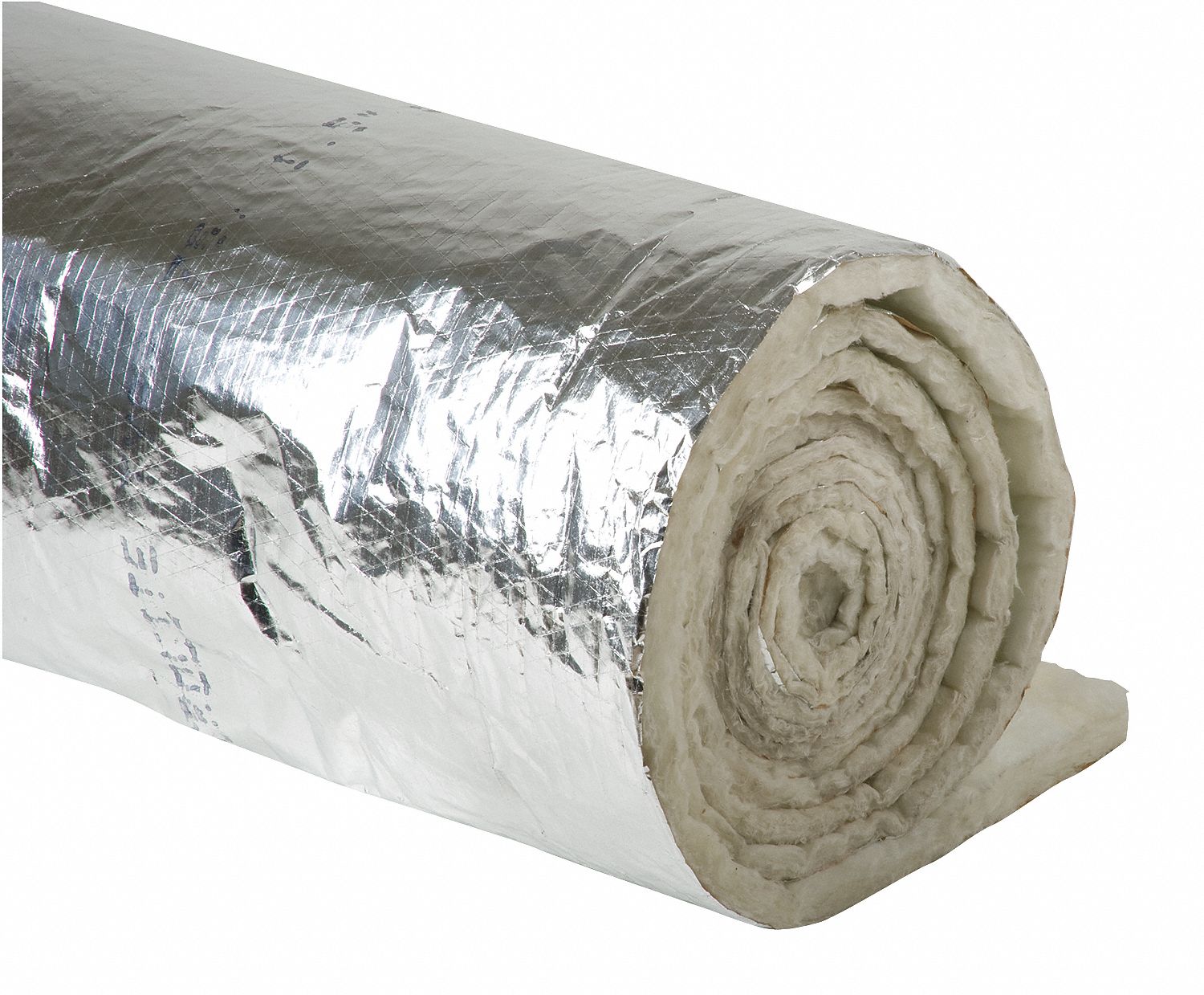



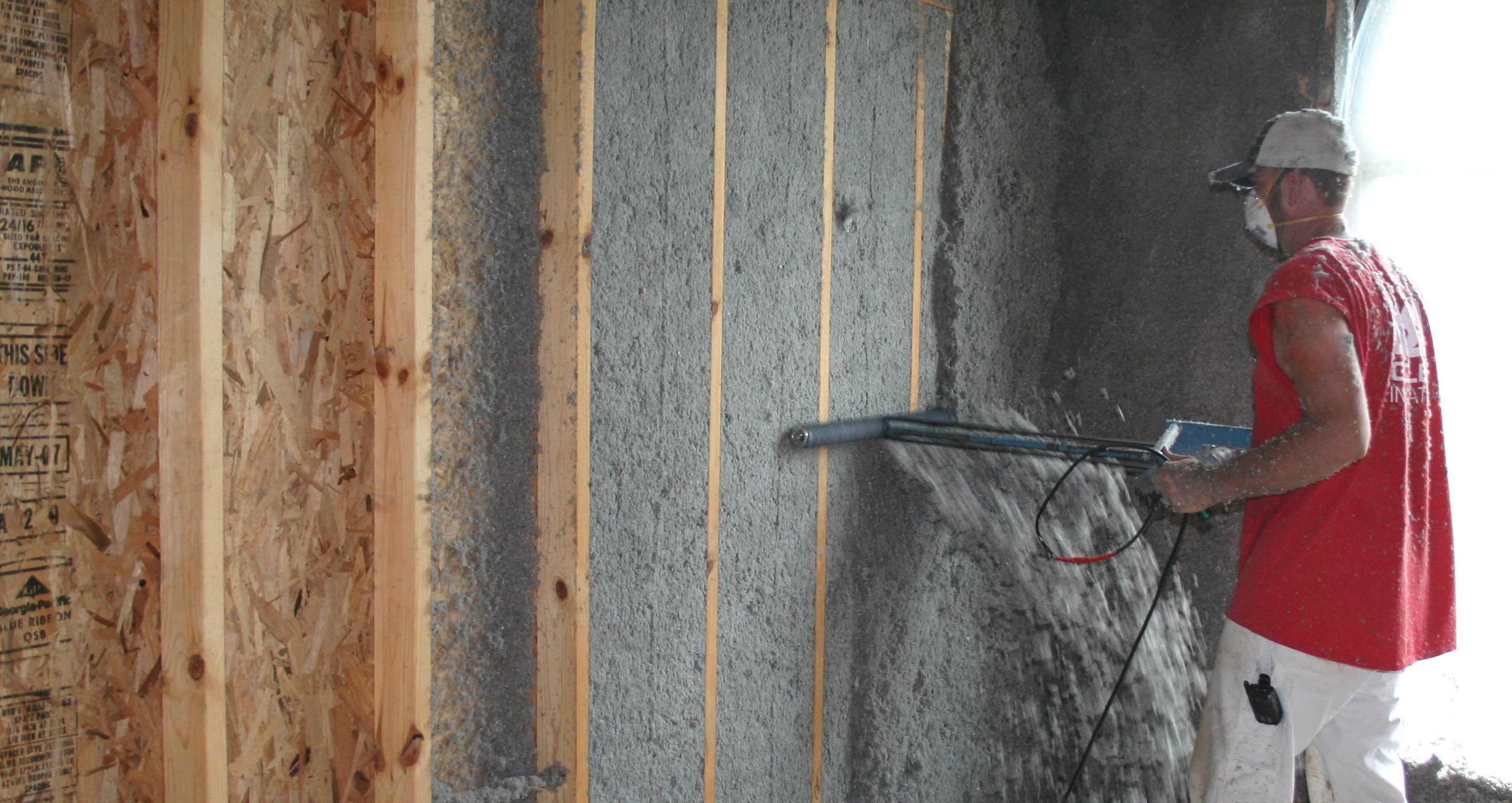
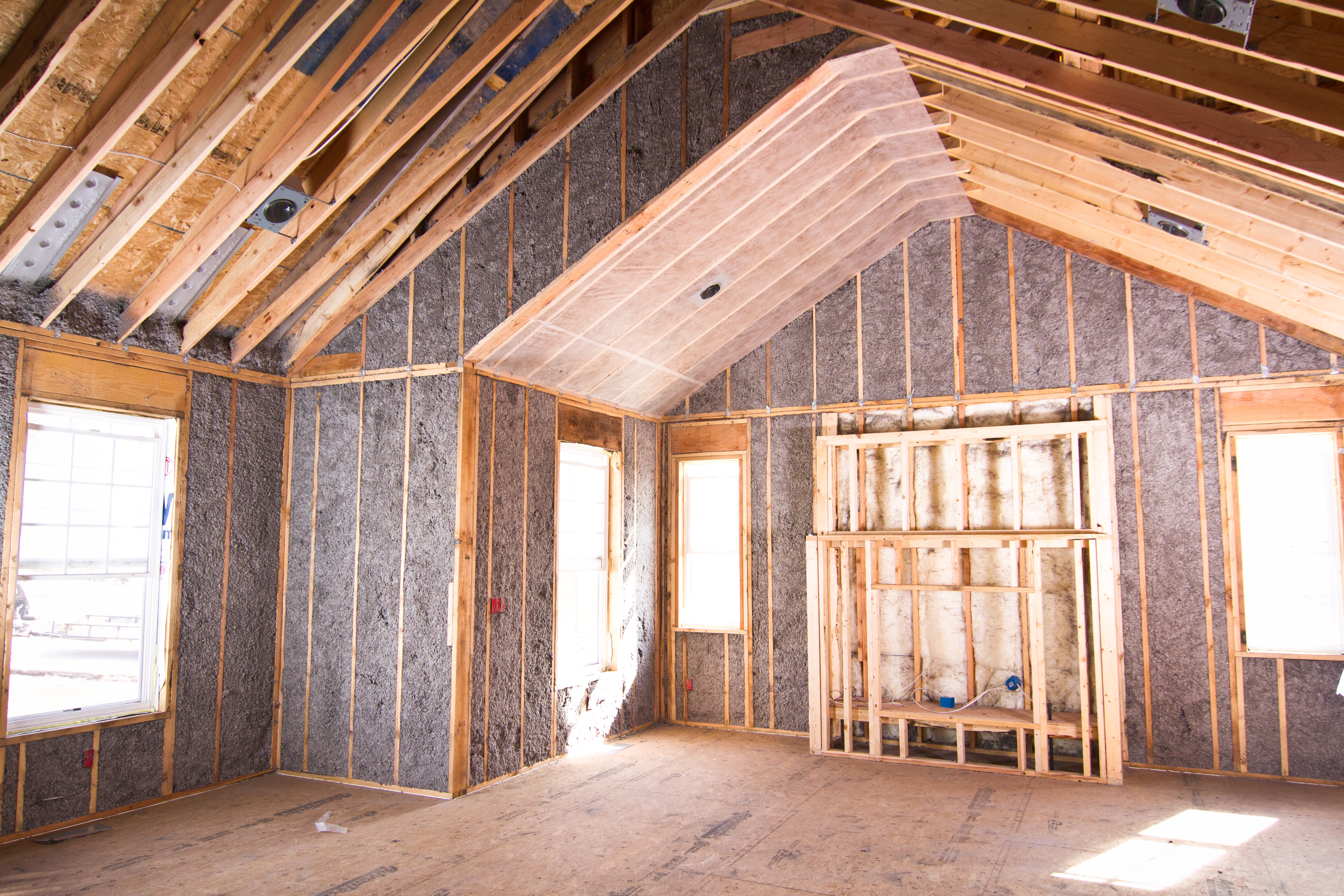
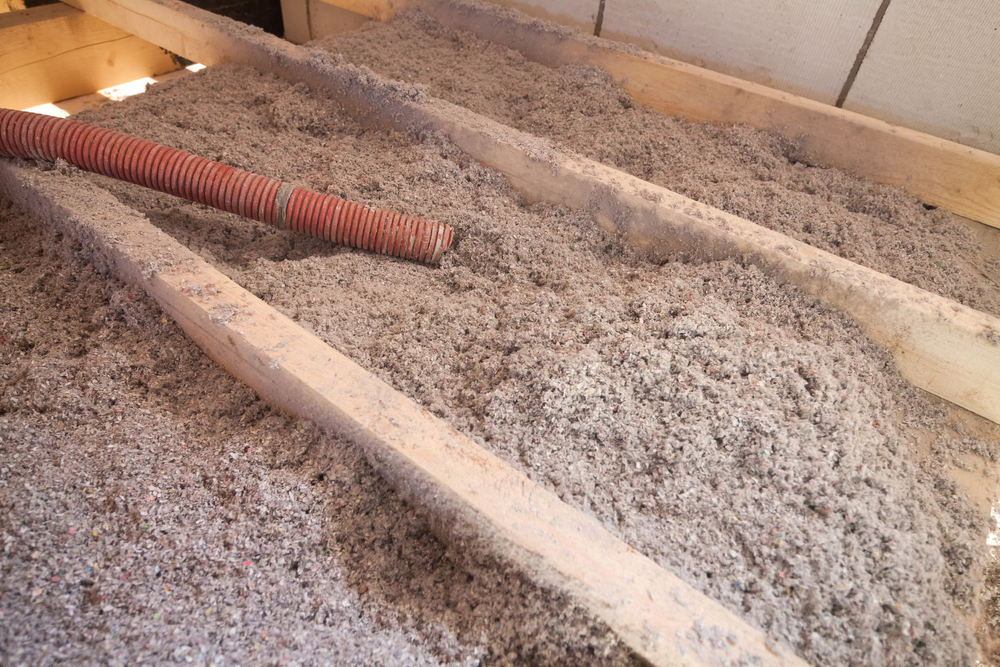
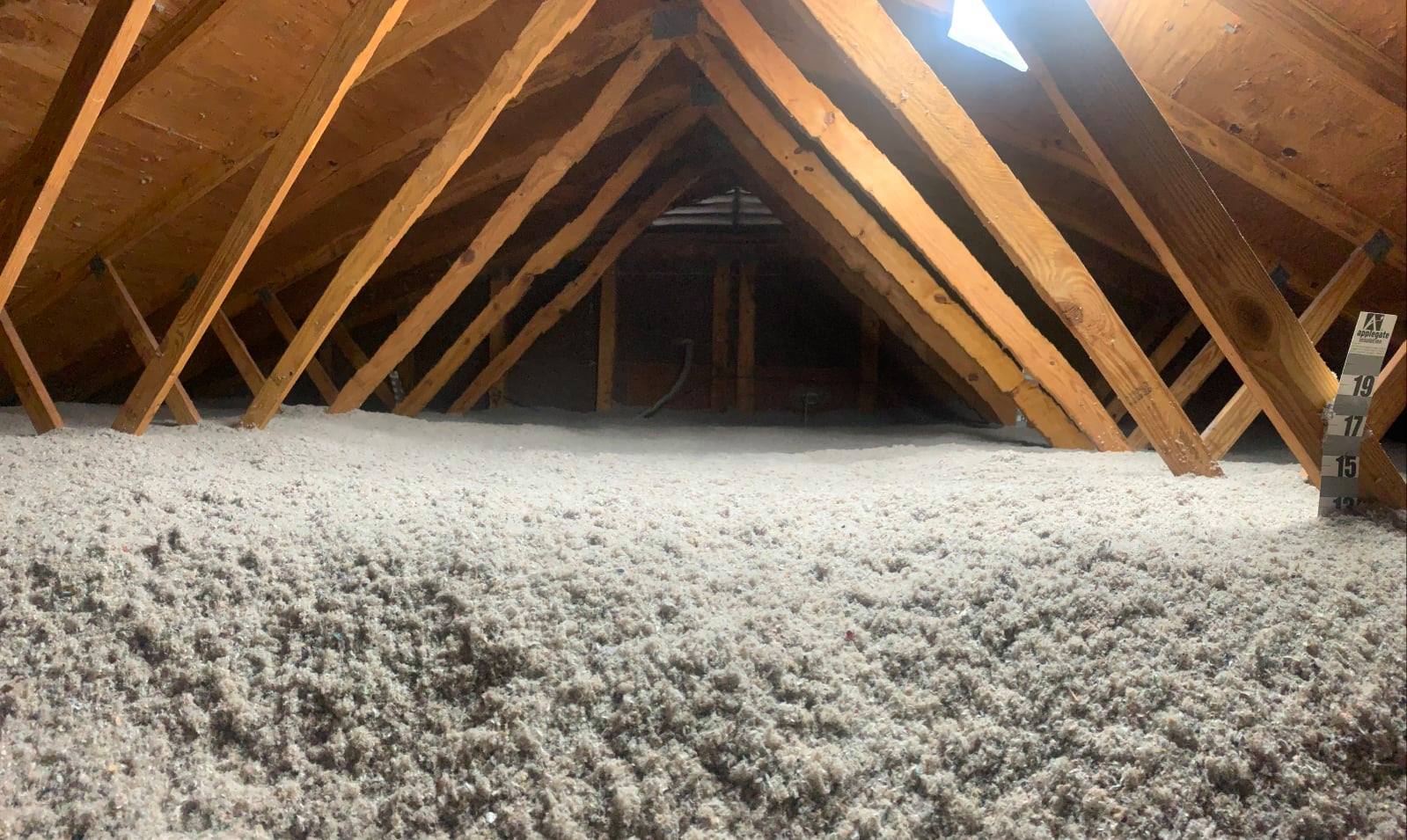

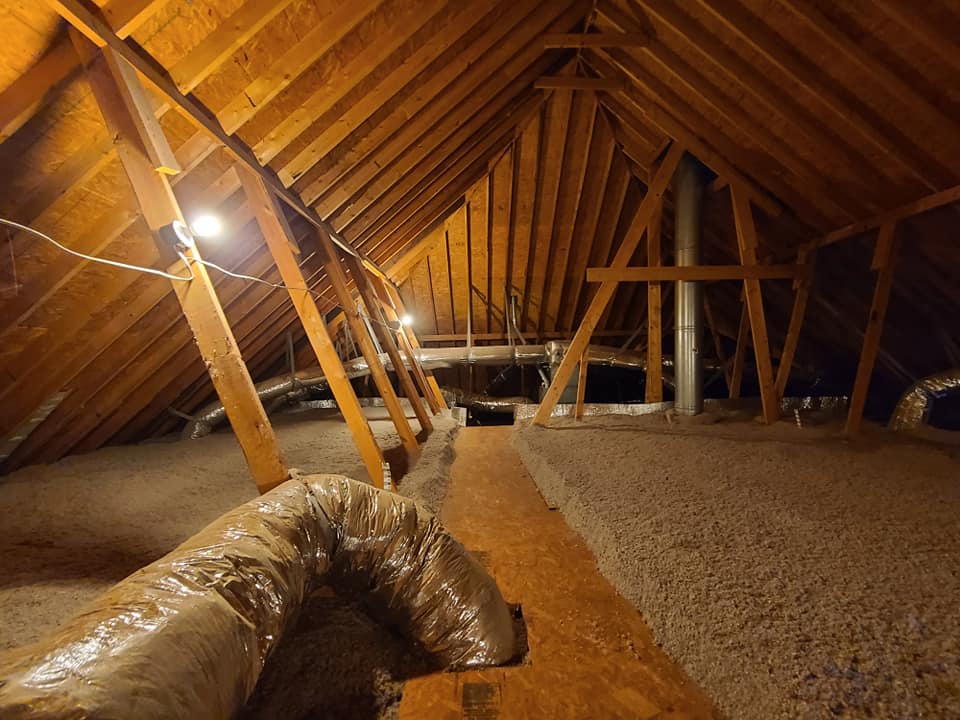

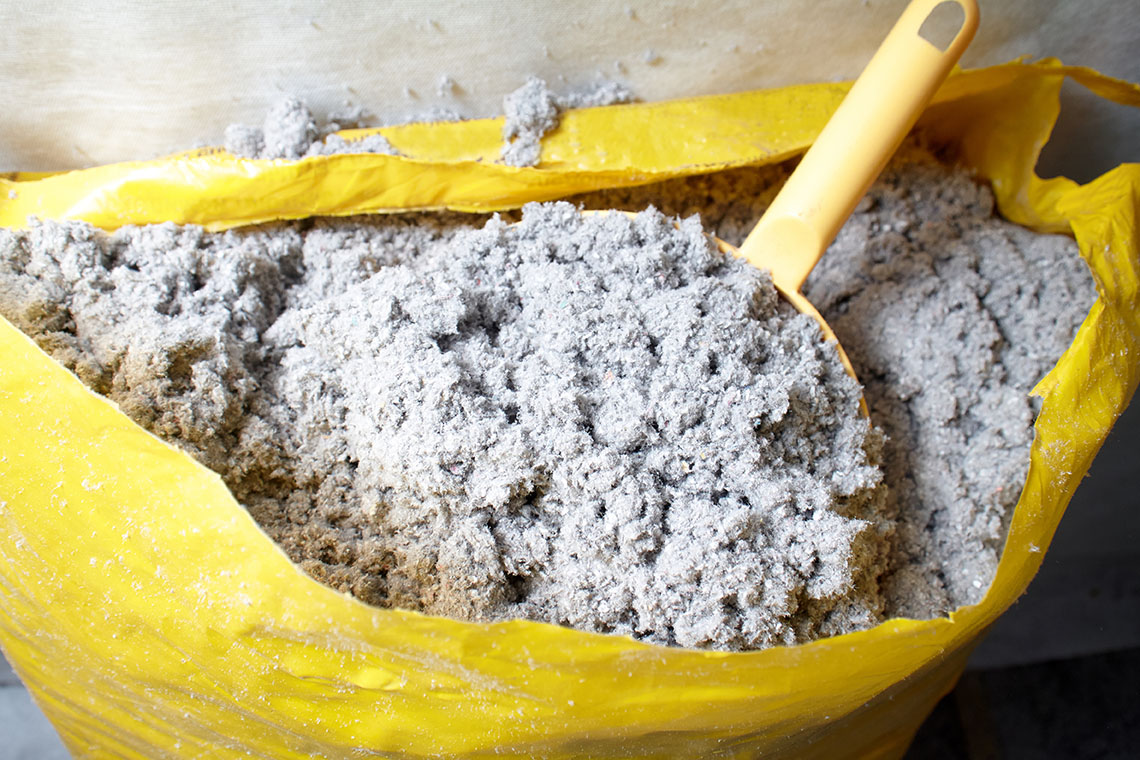
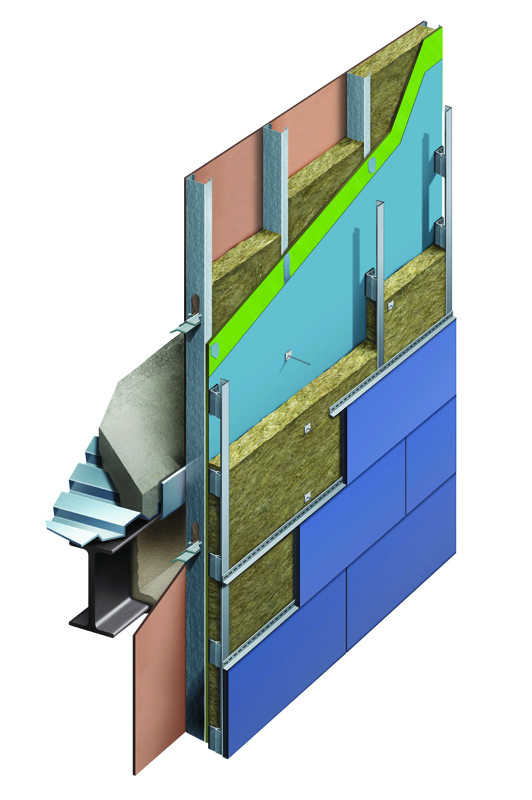
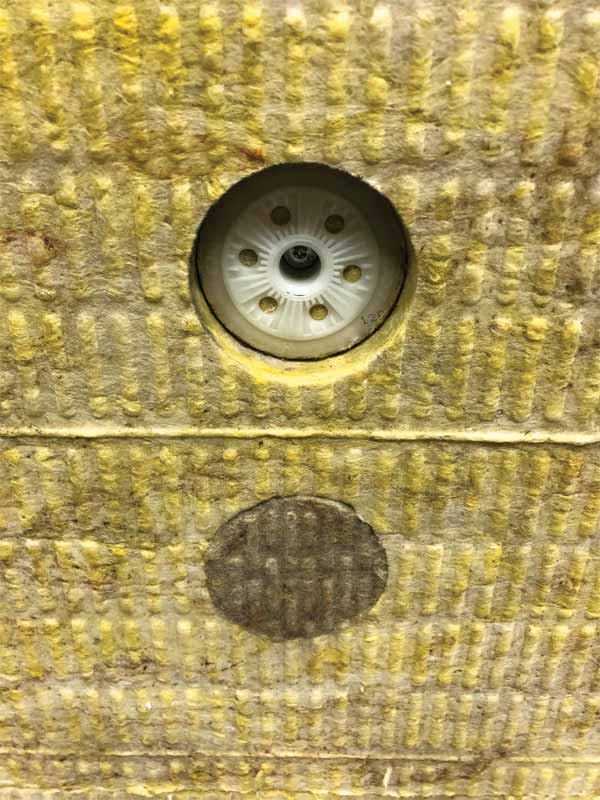
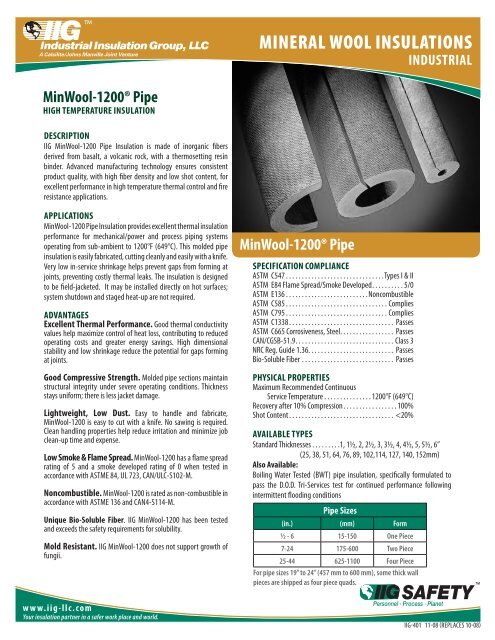
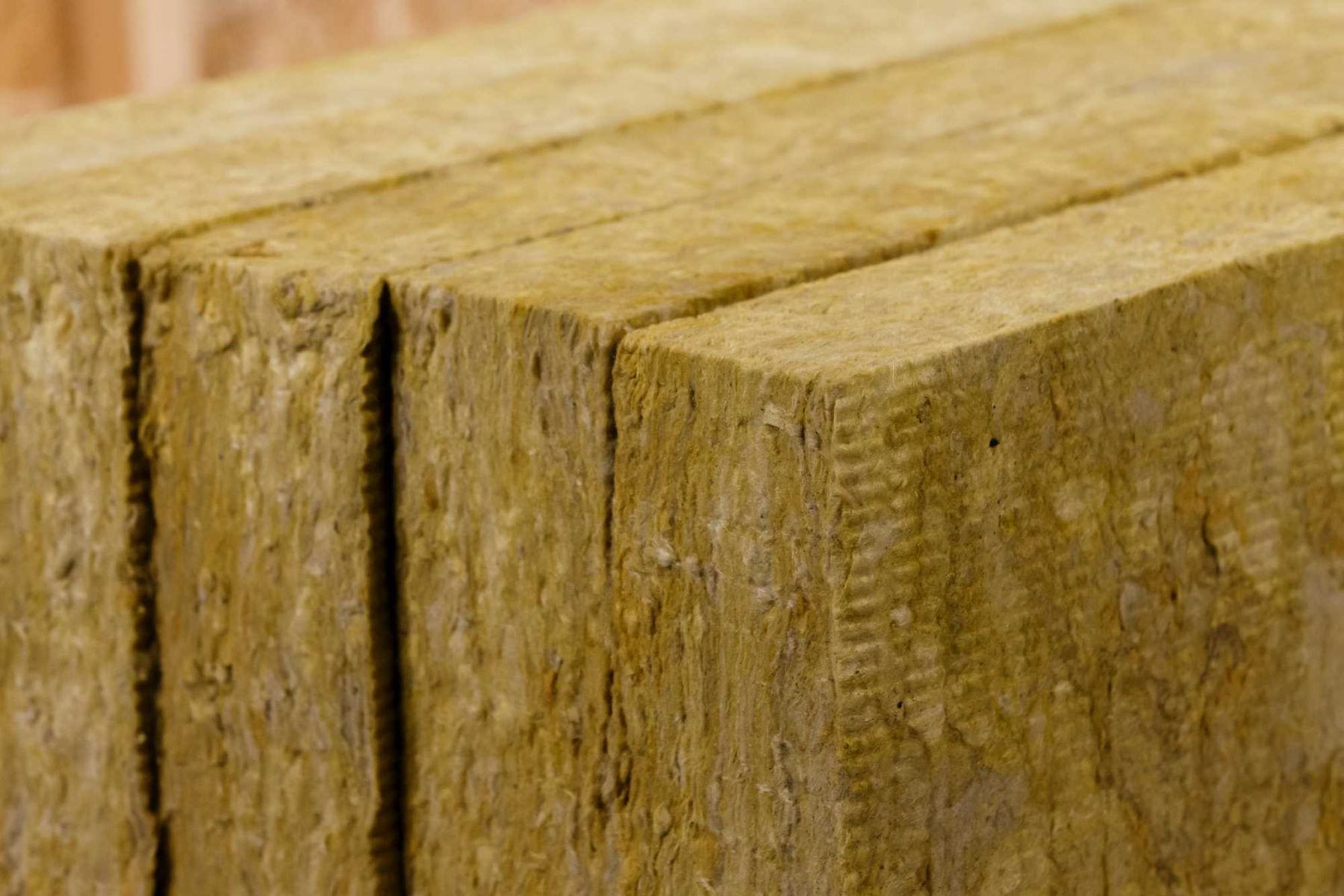
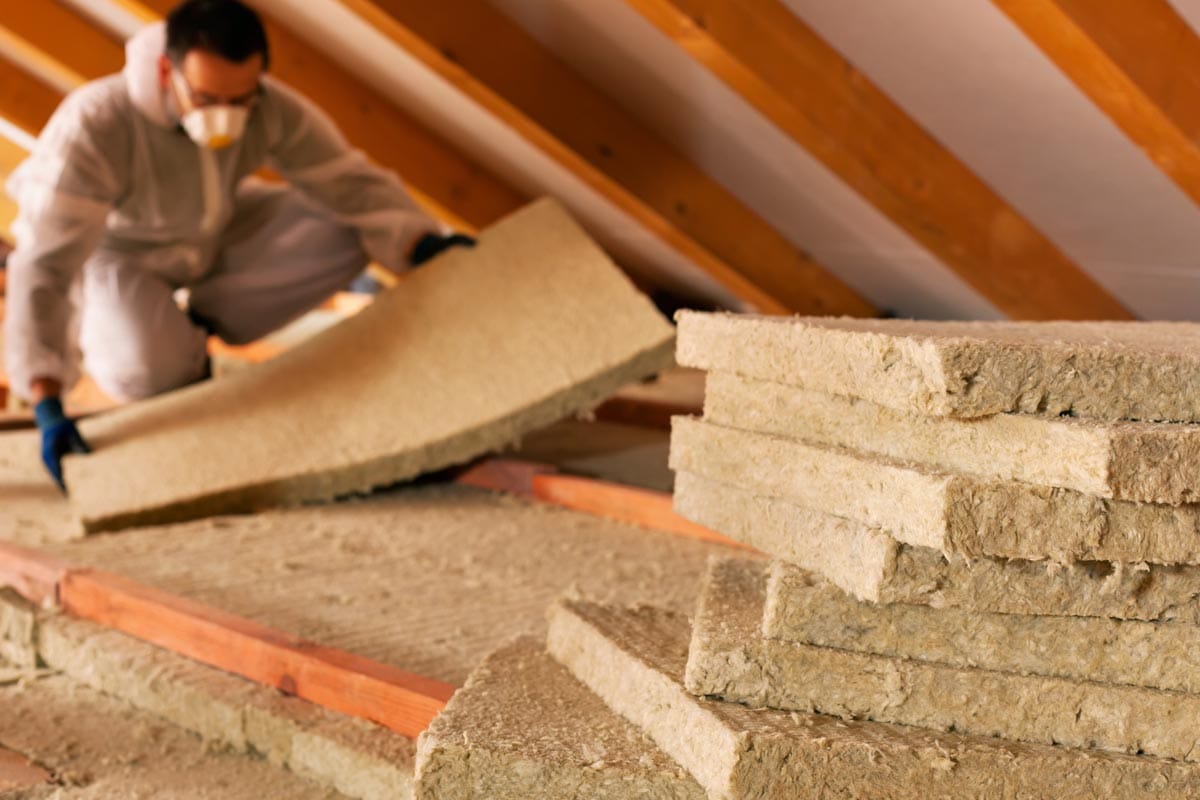
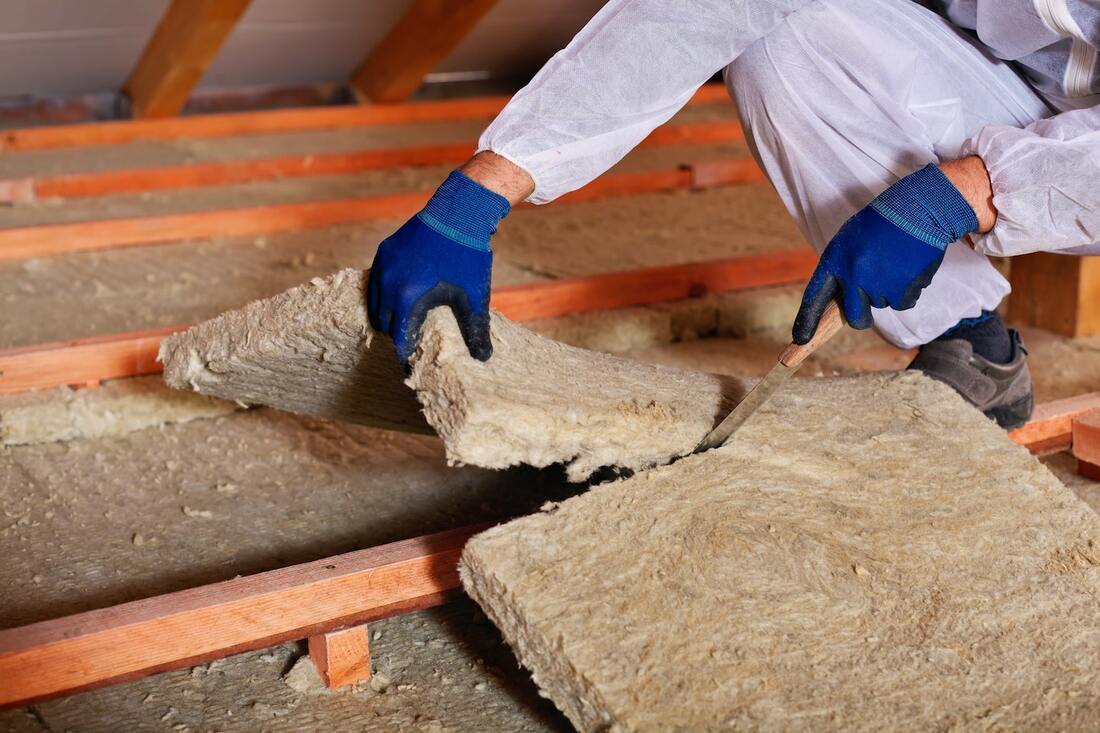
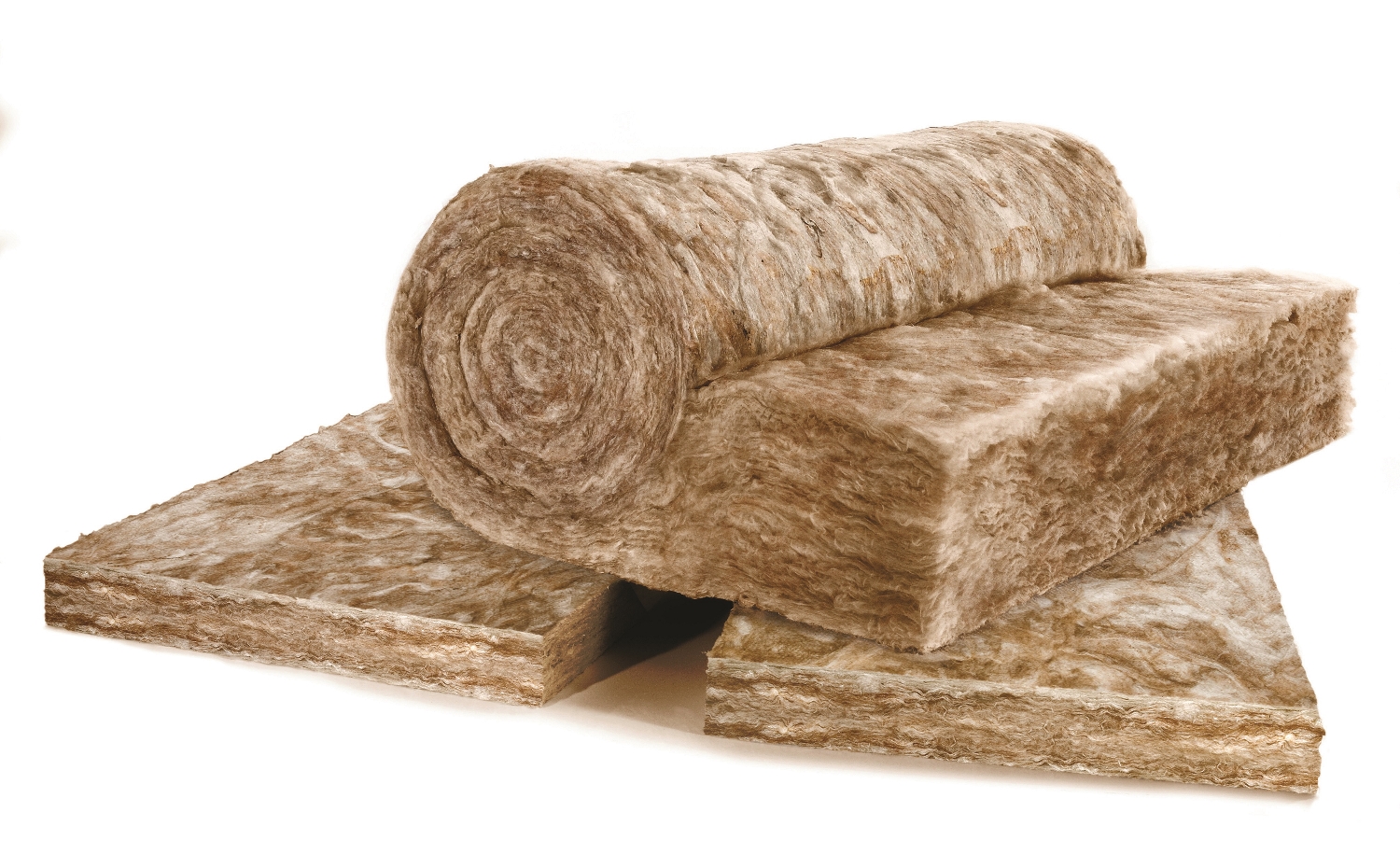


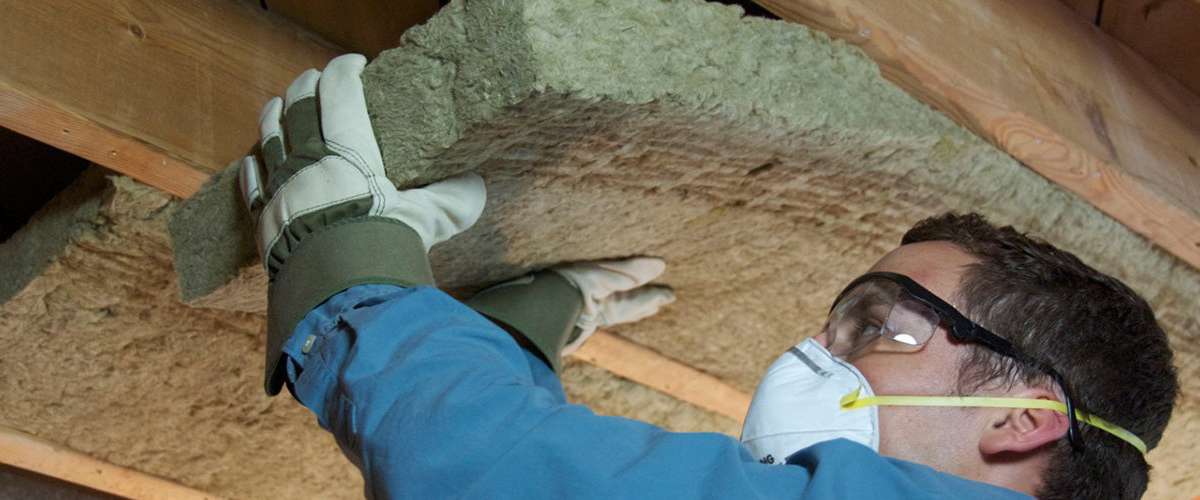

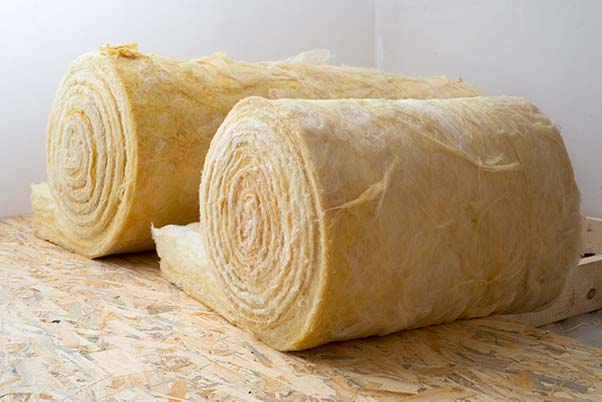
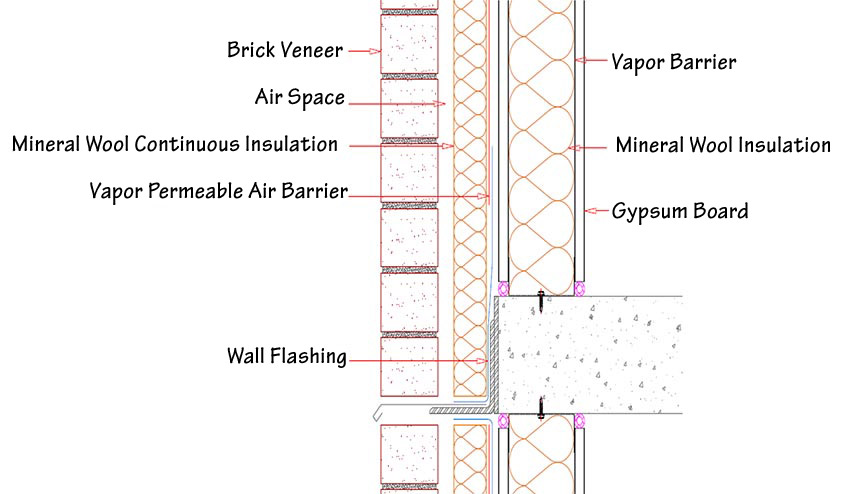



:max_bytes(150000):strip_icc()/Fiberglass-vs-rigid-foam-insulation-3860844_color-14259d25e73746be913a81ddc6ad0ab7.jpg)

/RigidFoamInStudWallSystem-56ed84e53df78ce5f836fe4a.jpg)
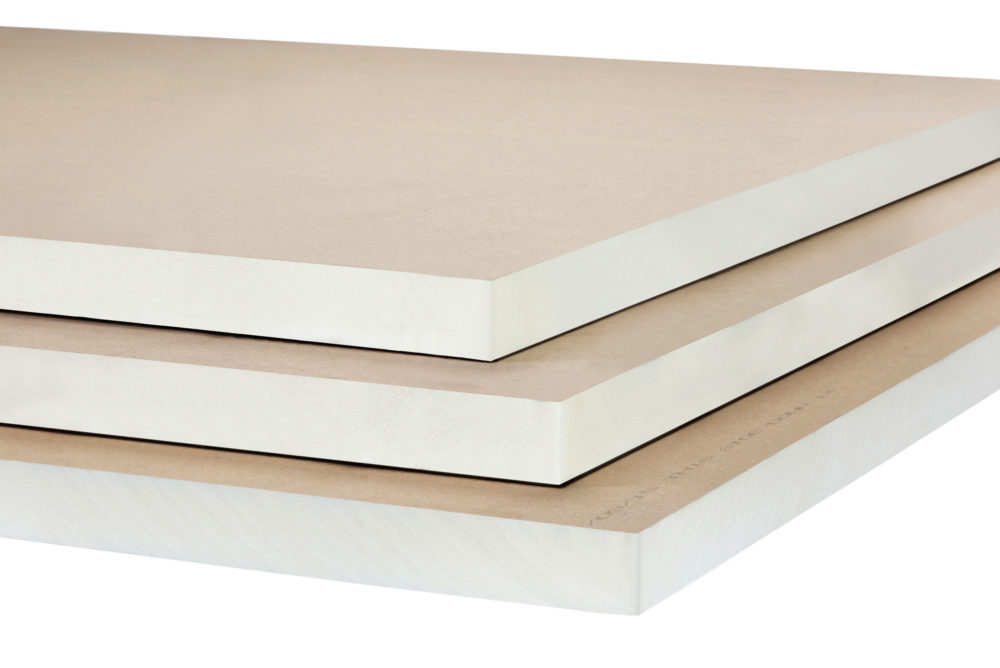
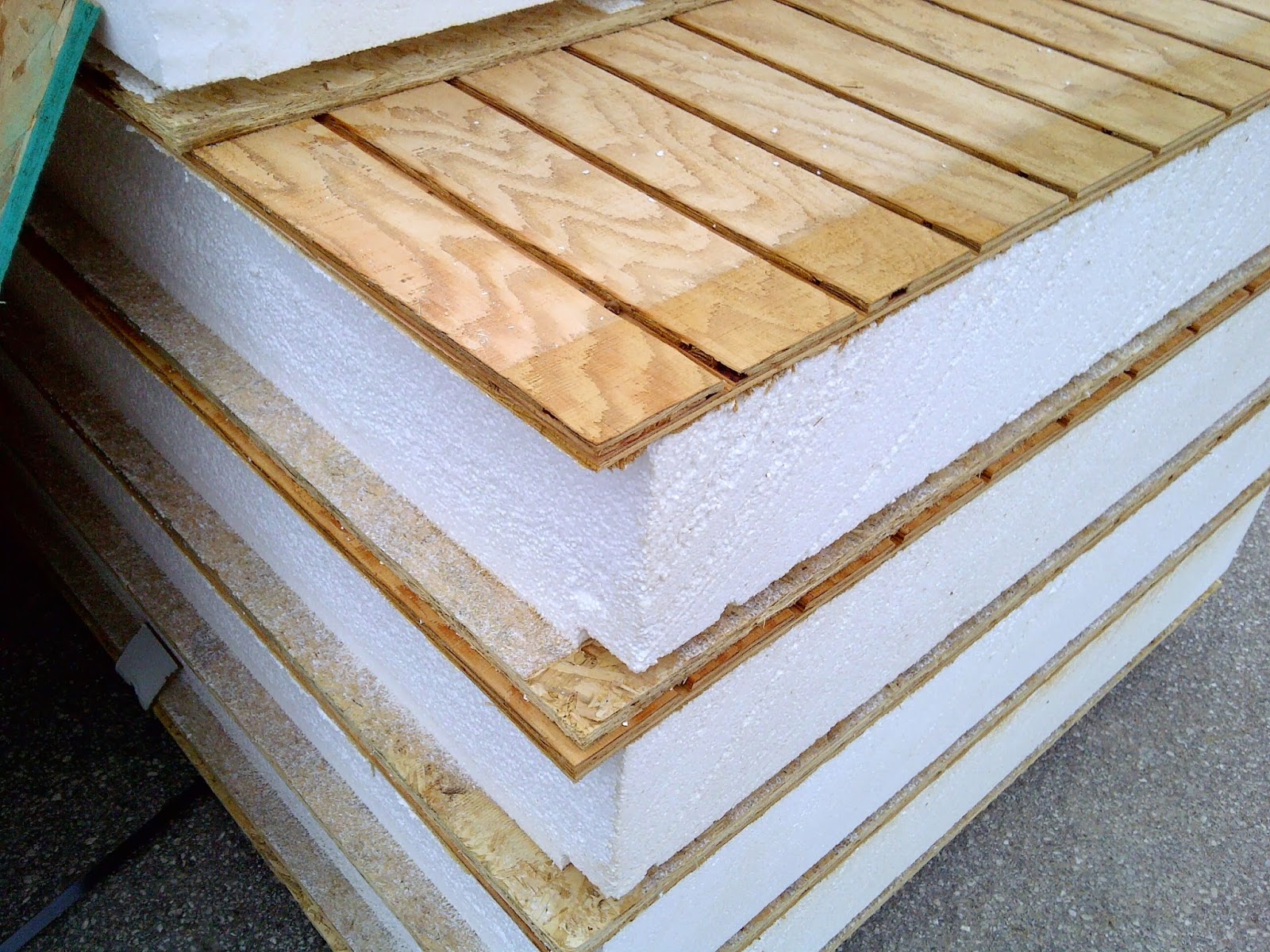



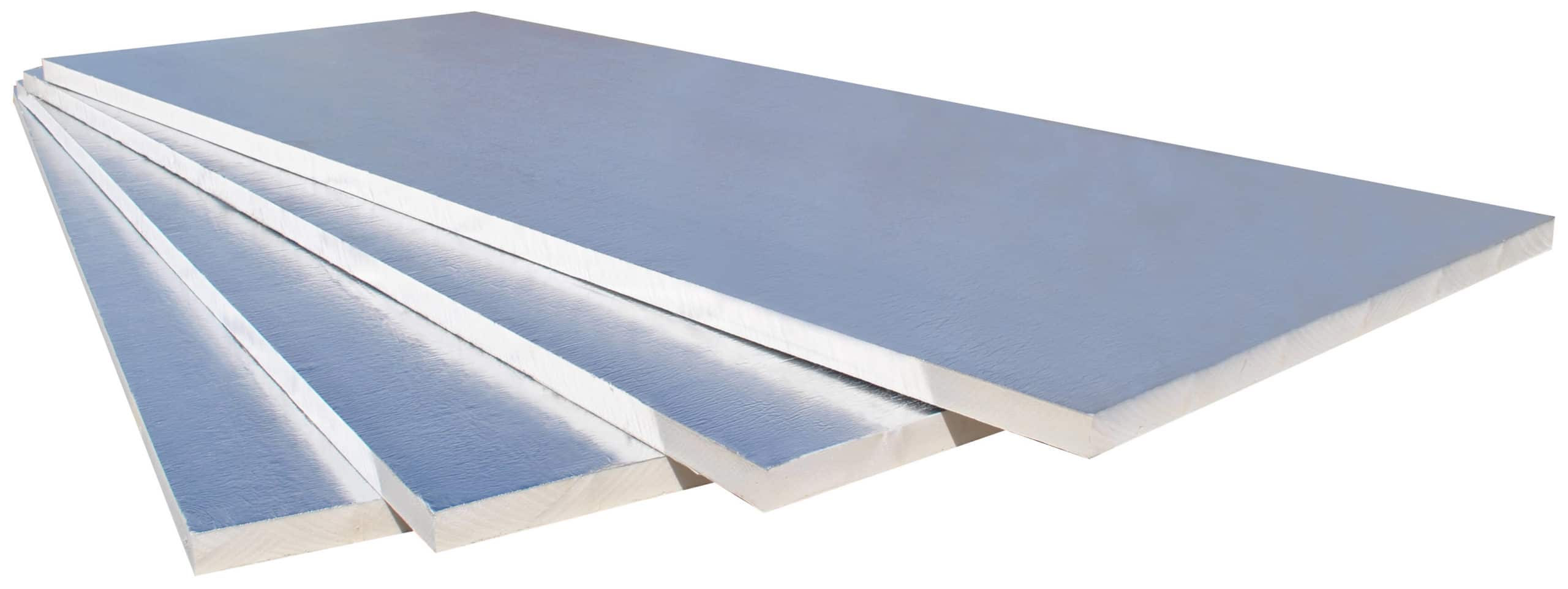


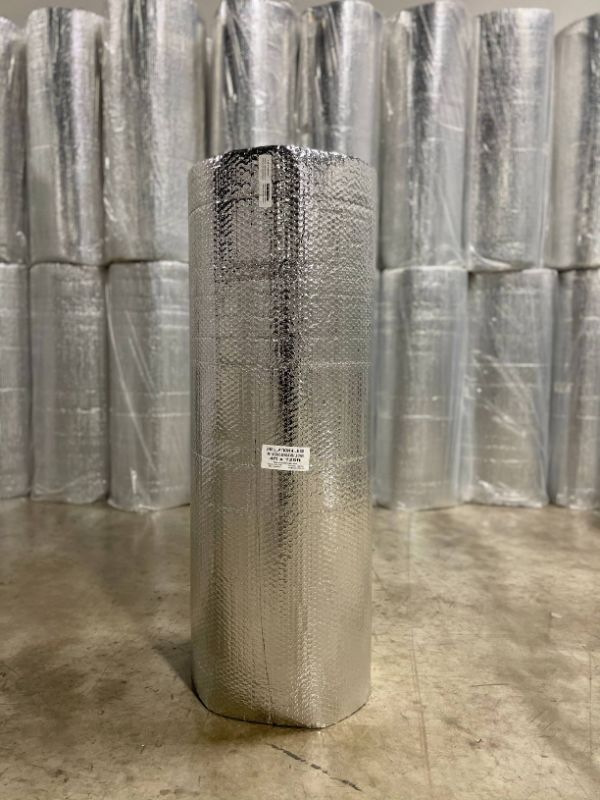


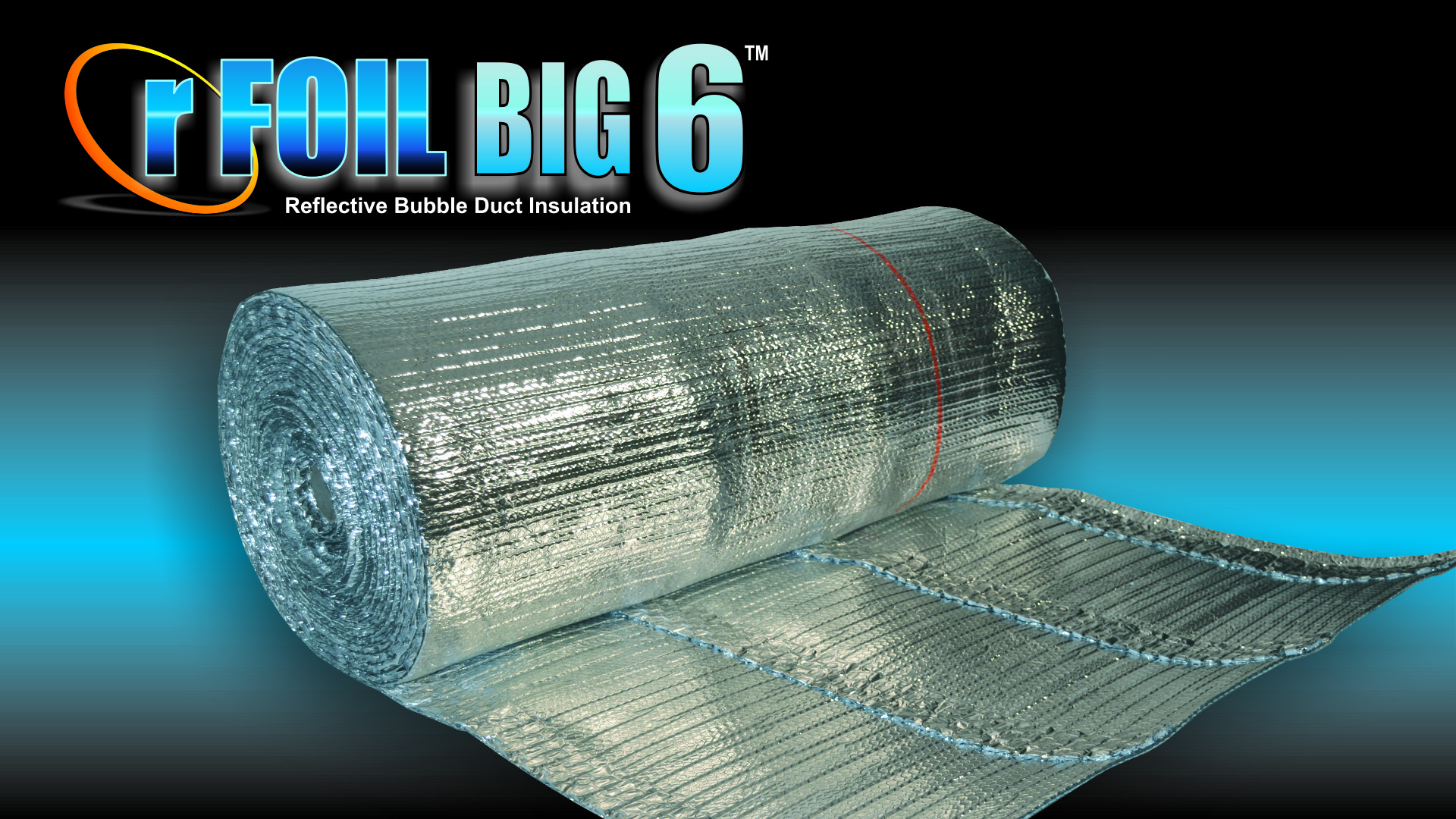



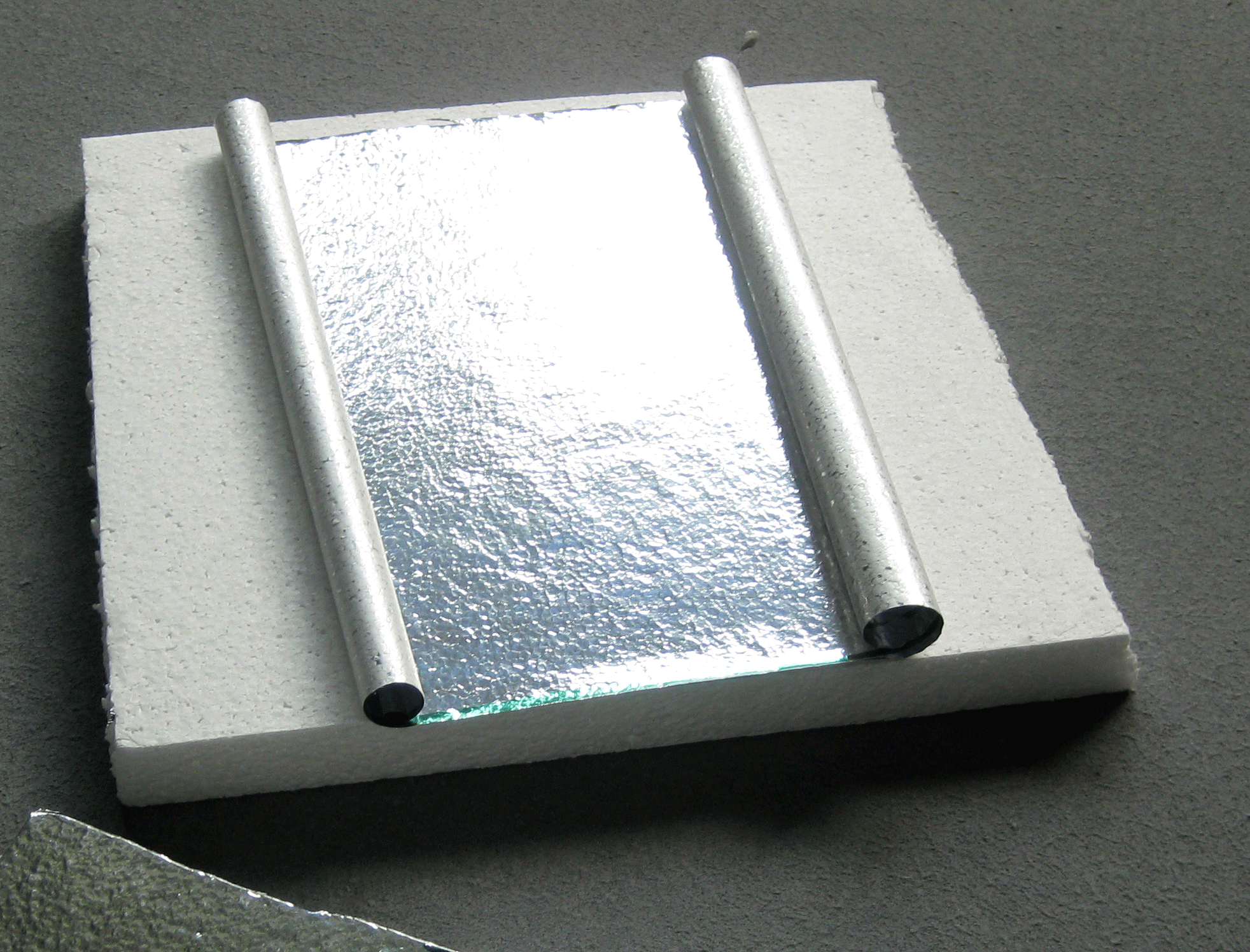
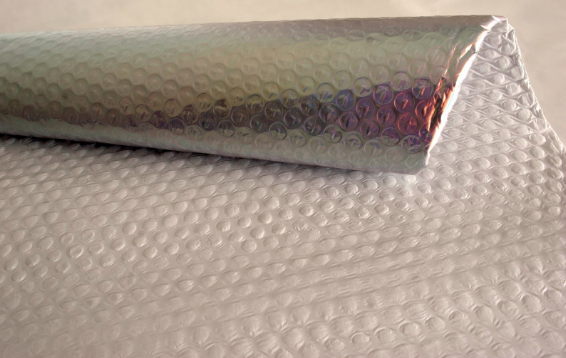
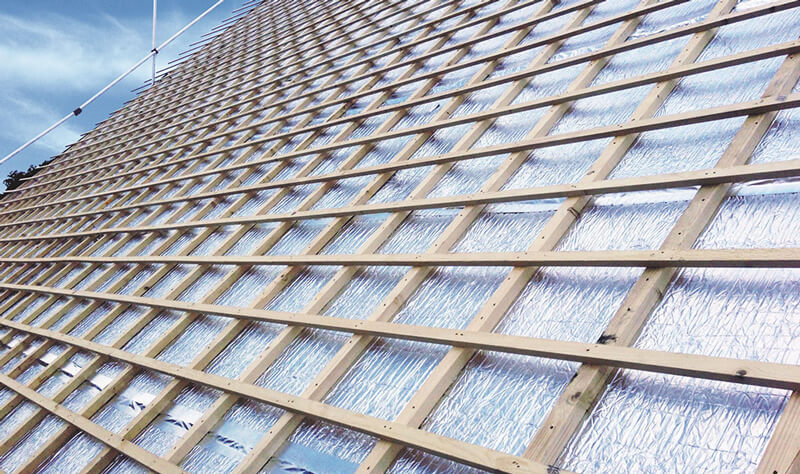


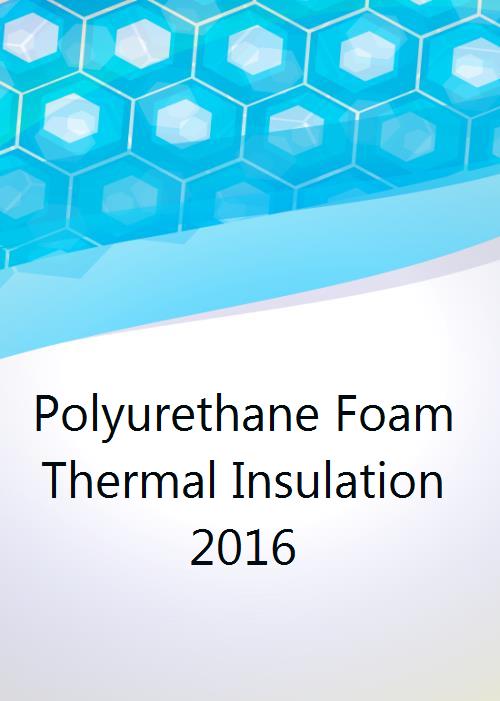
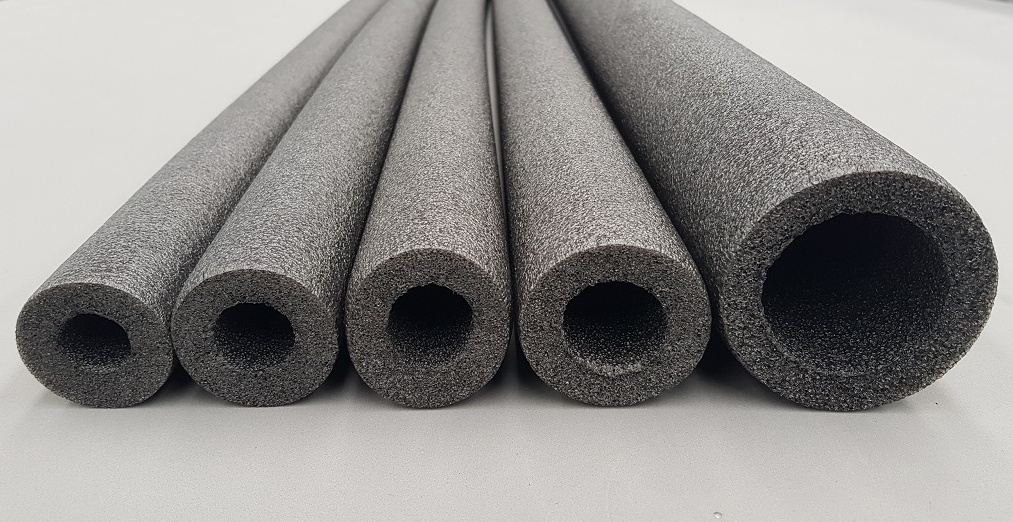



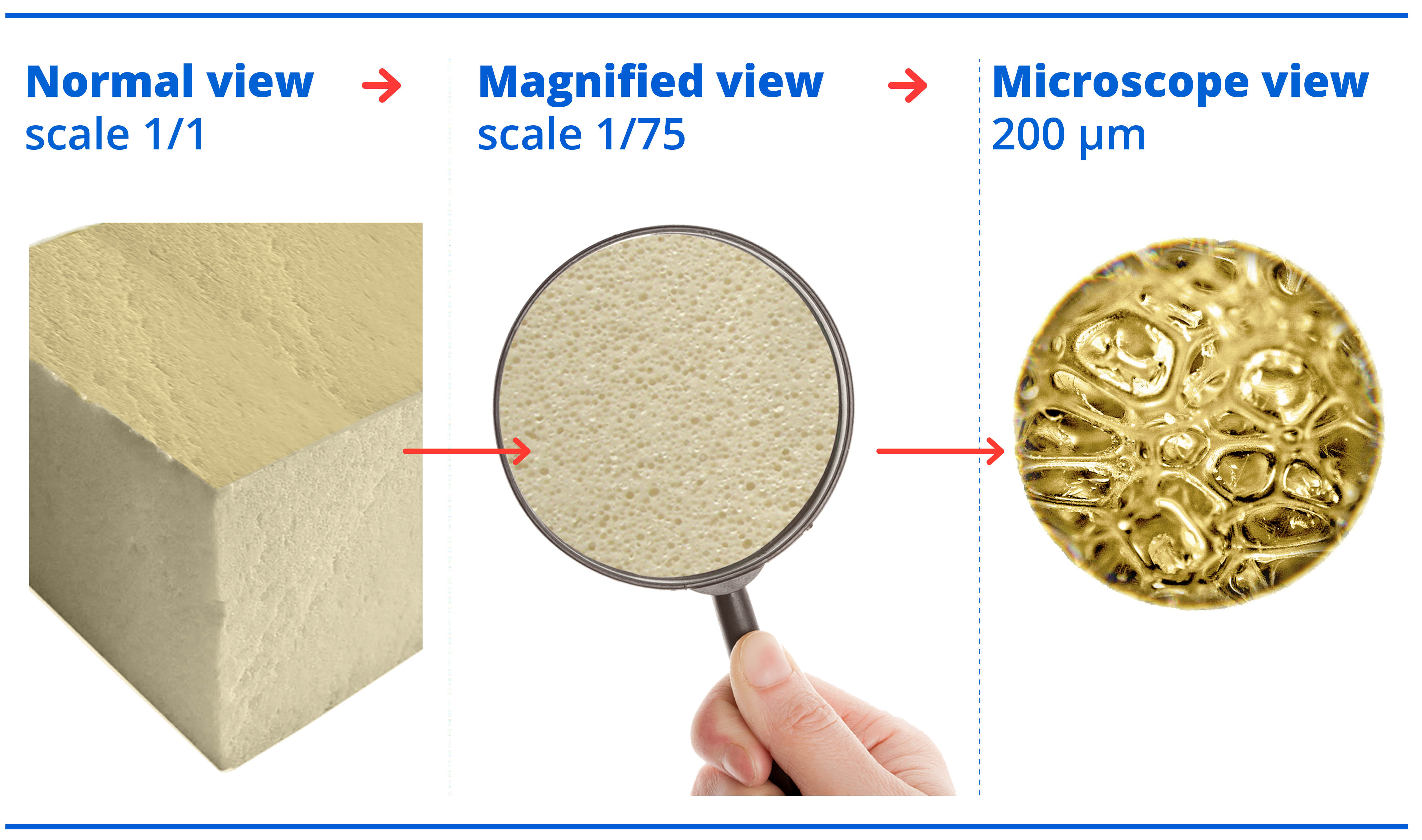
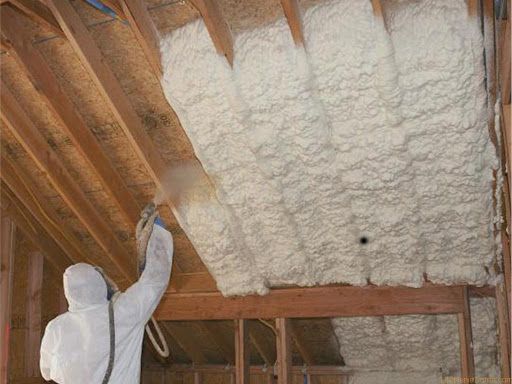


















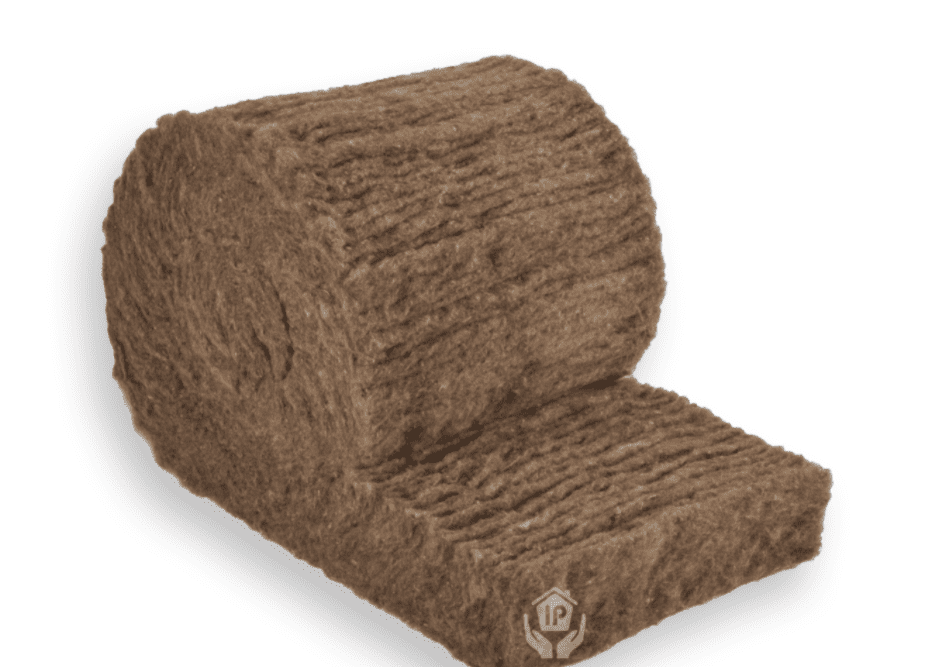


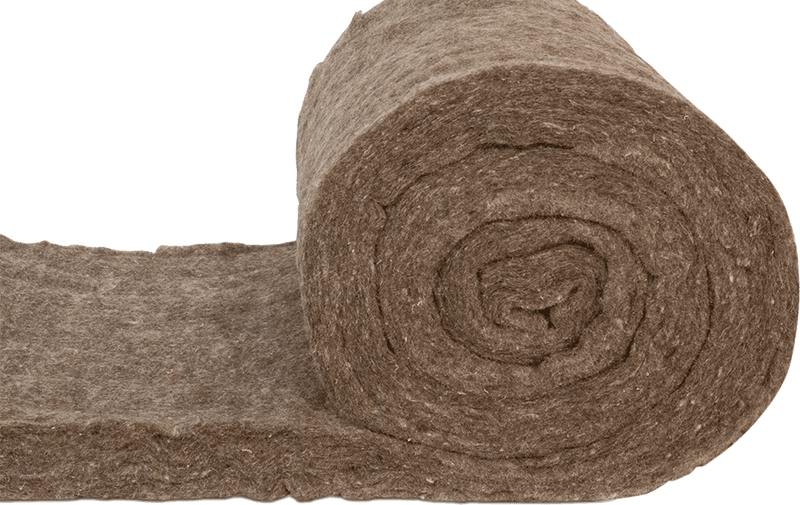

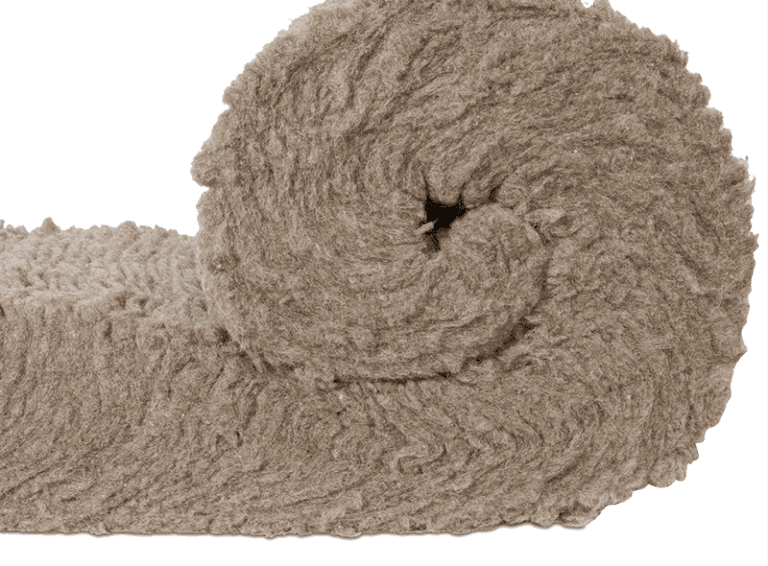



:max_bytes(150000):strip_icc()/insulation-184853850-56aad3645f9b58b7d008fea6.jpg)
